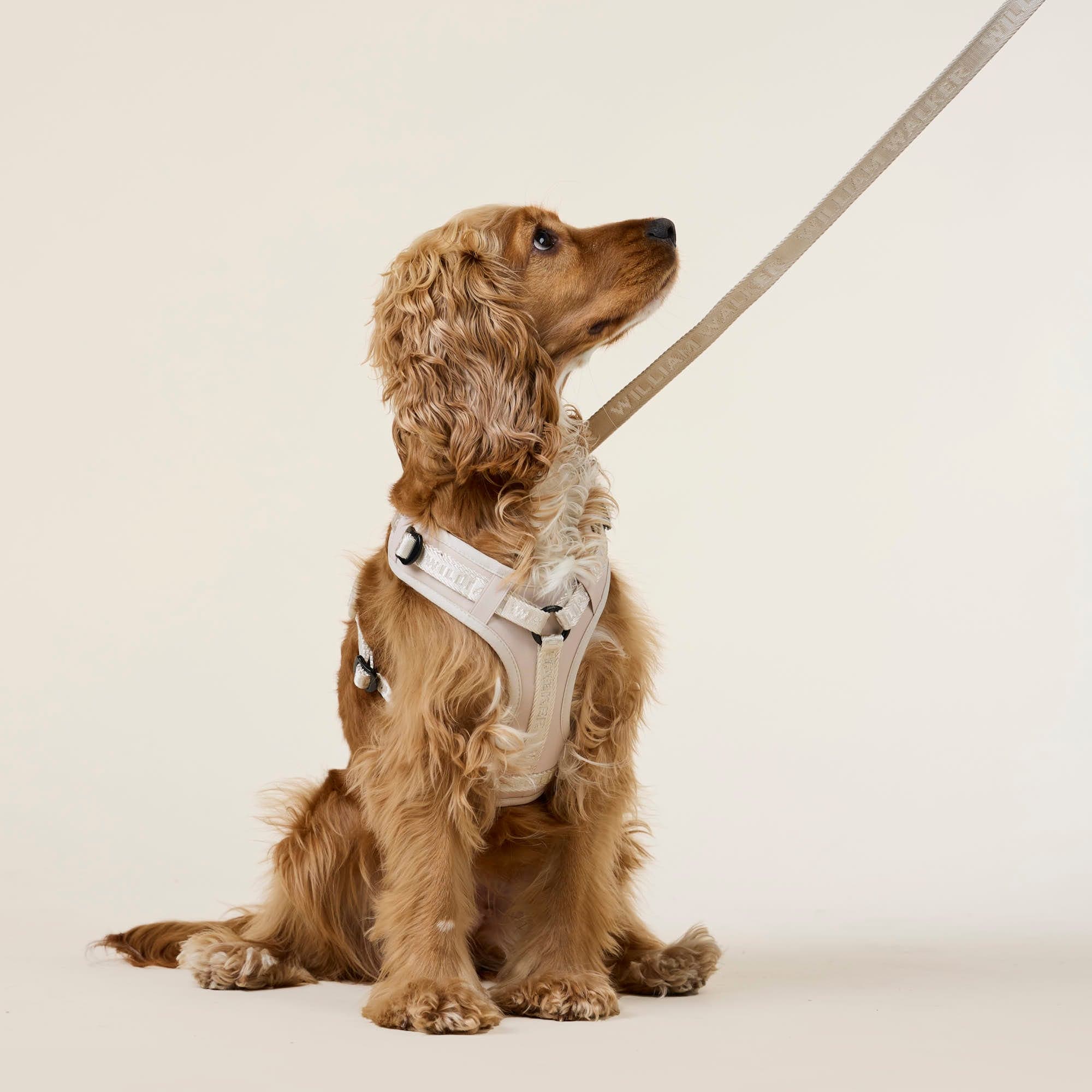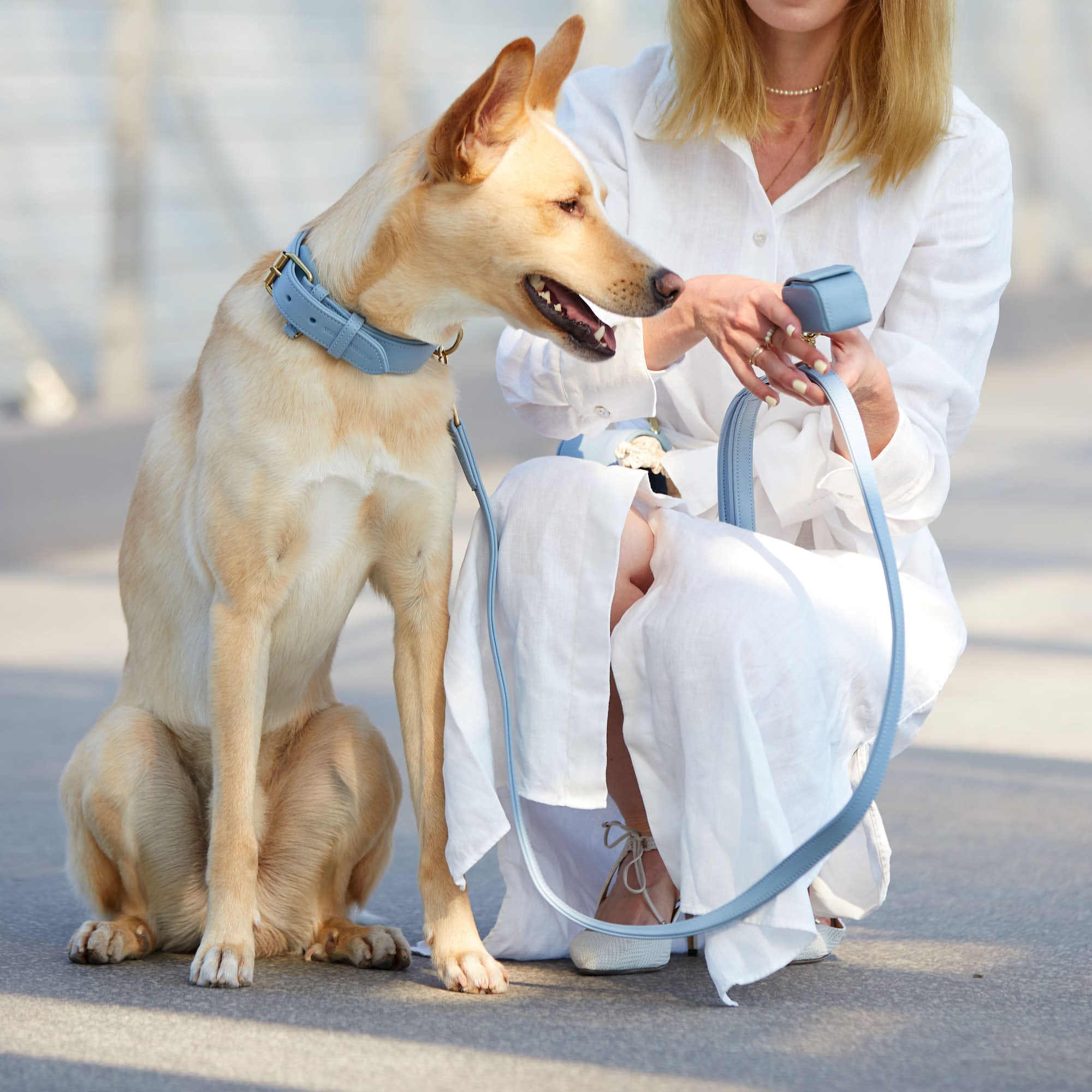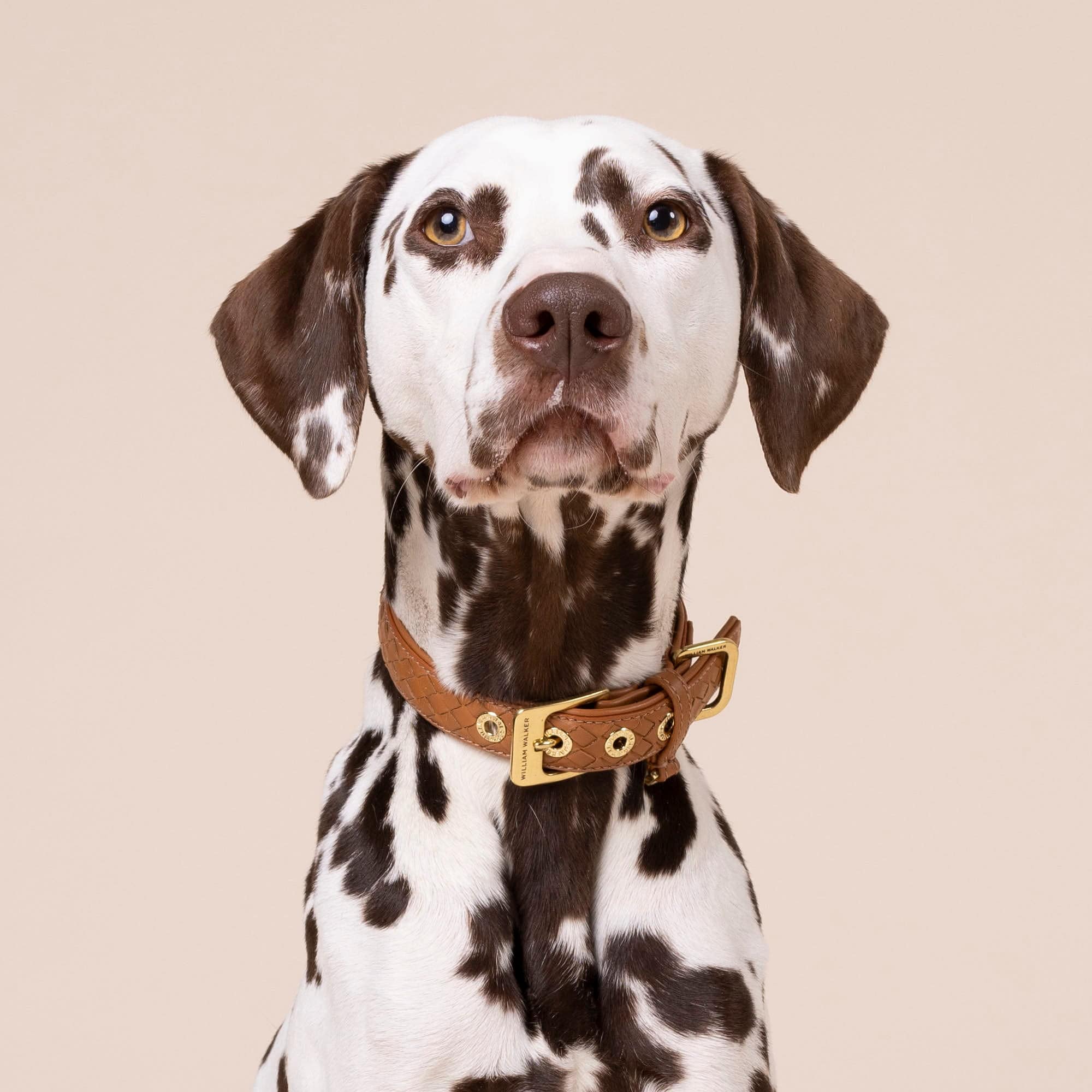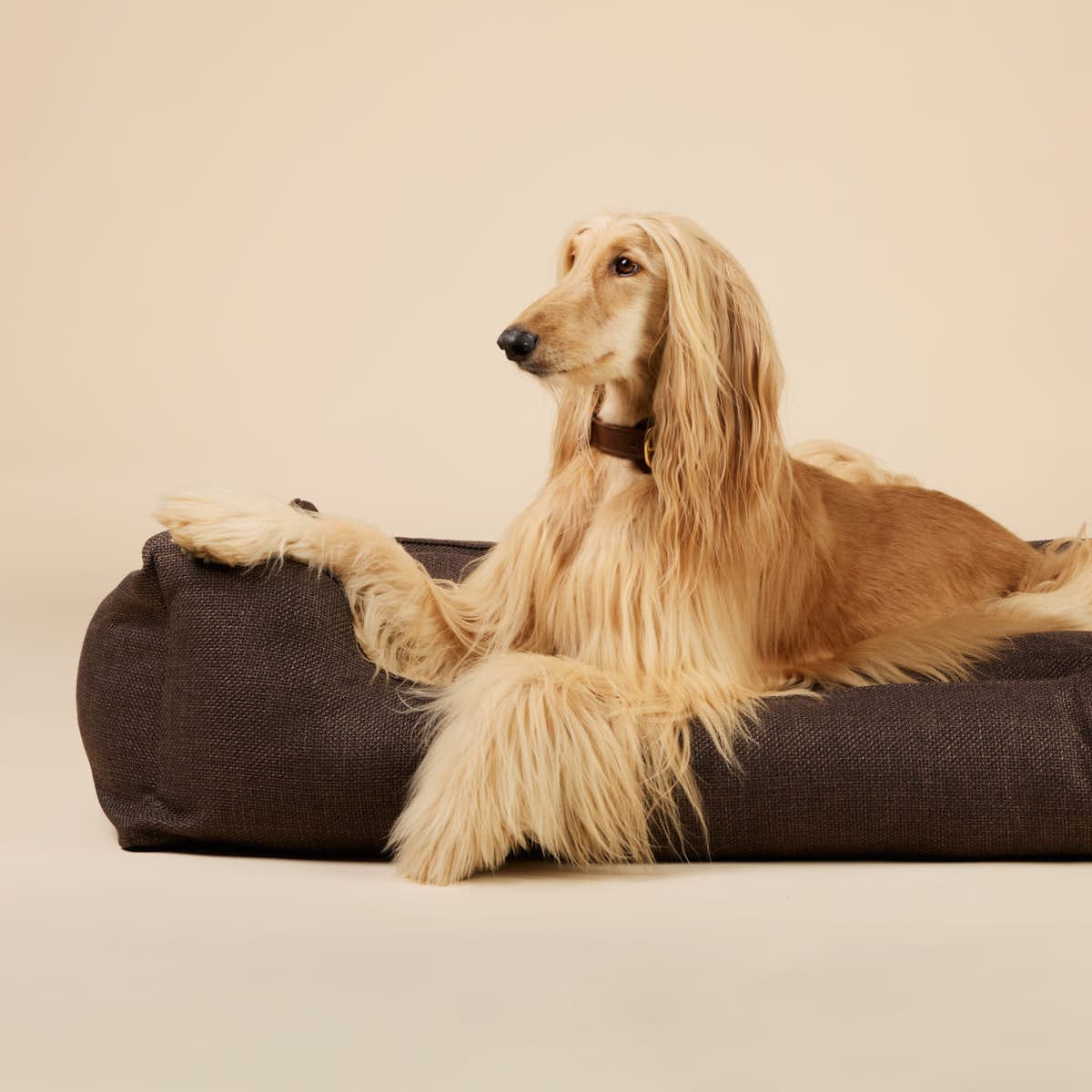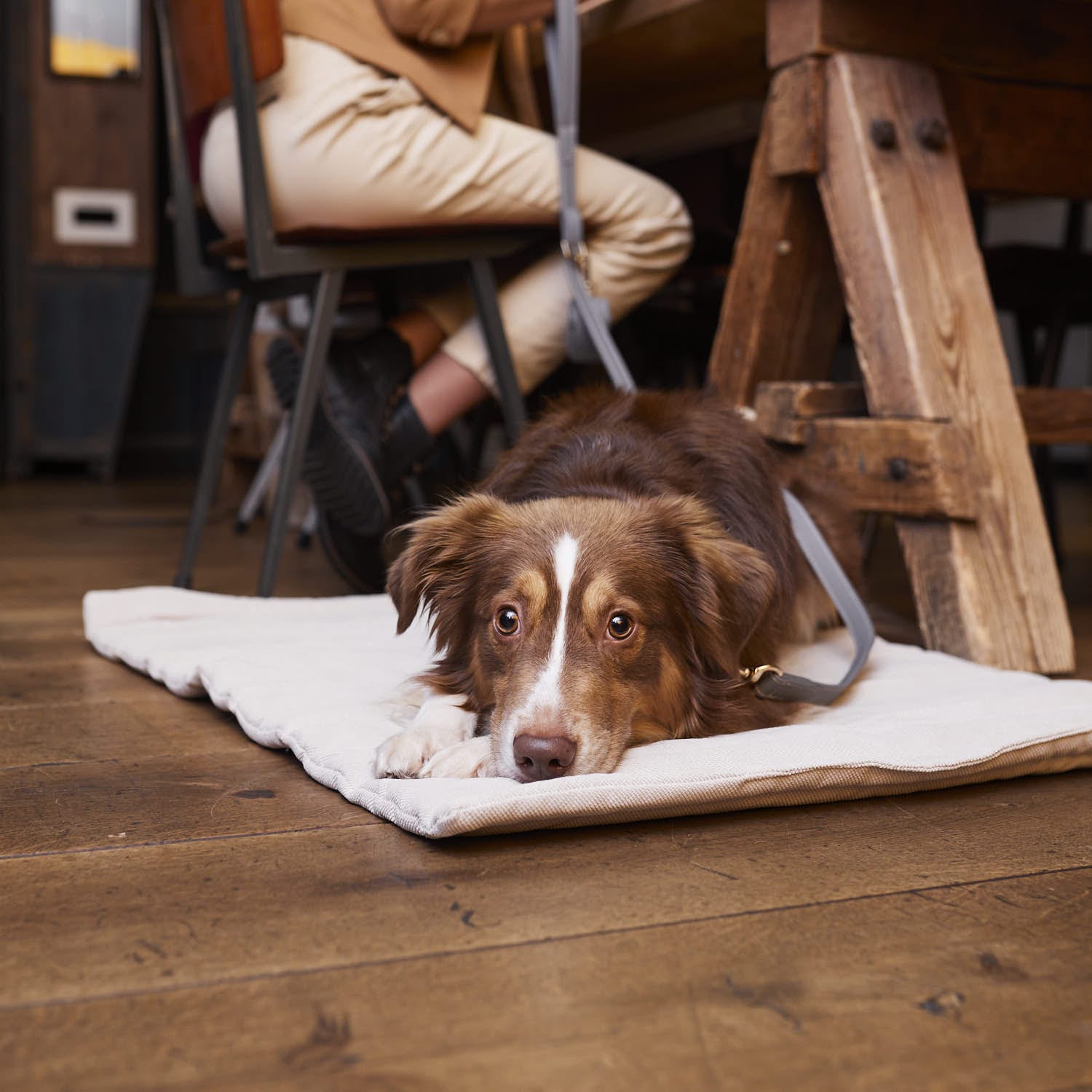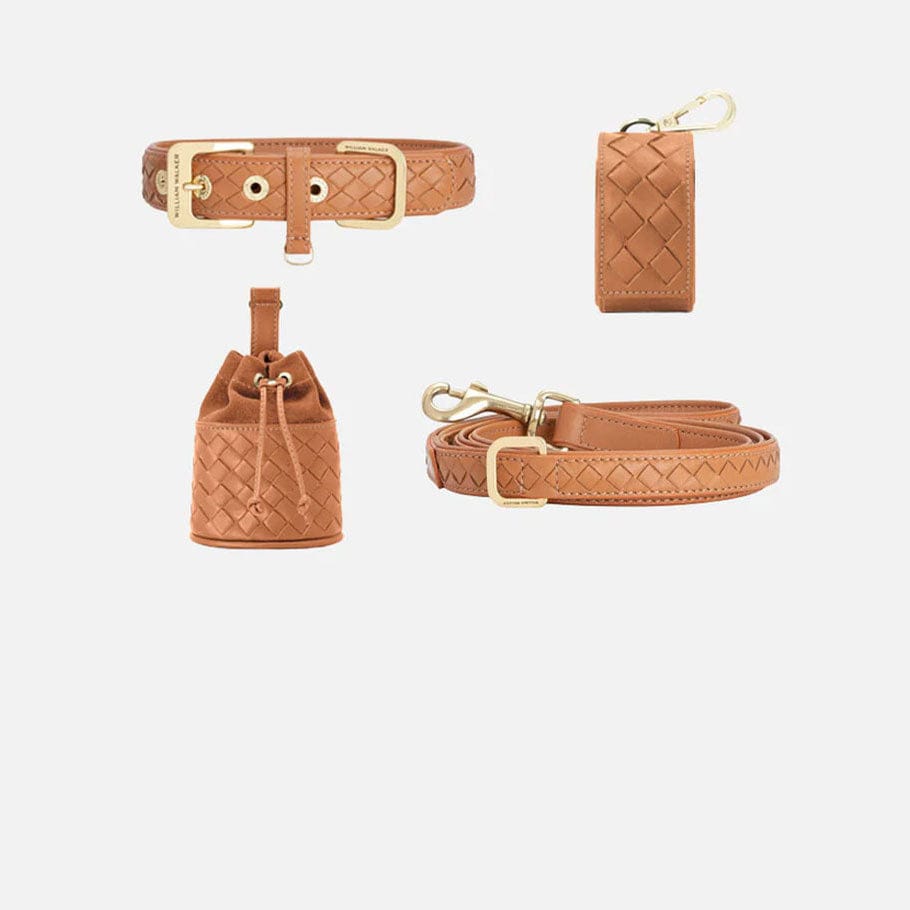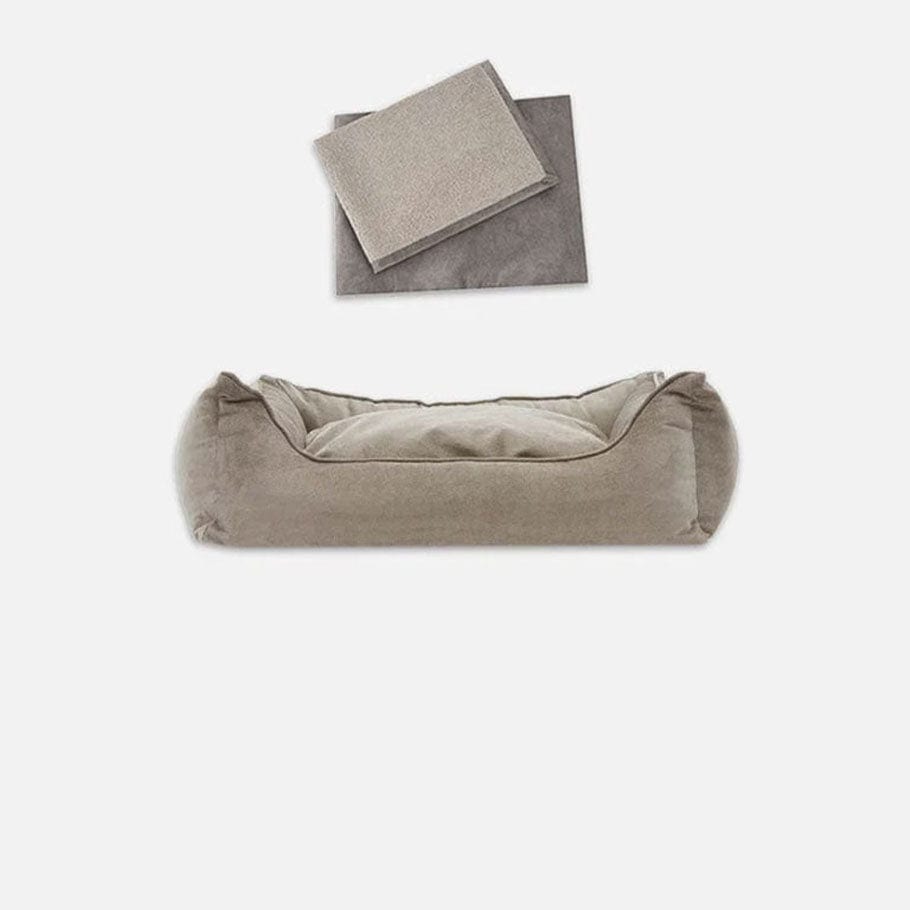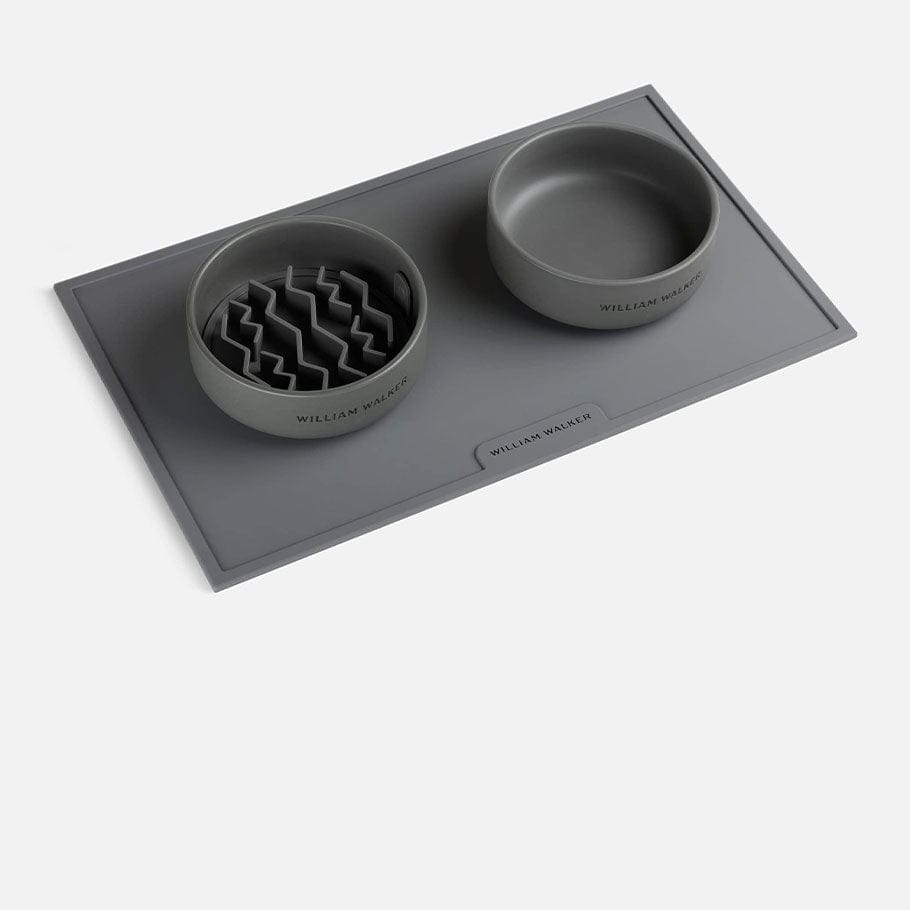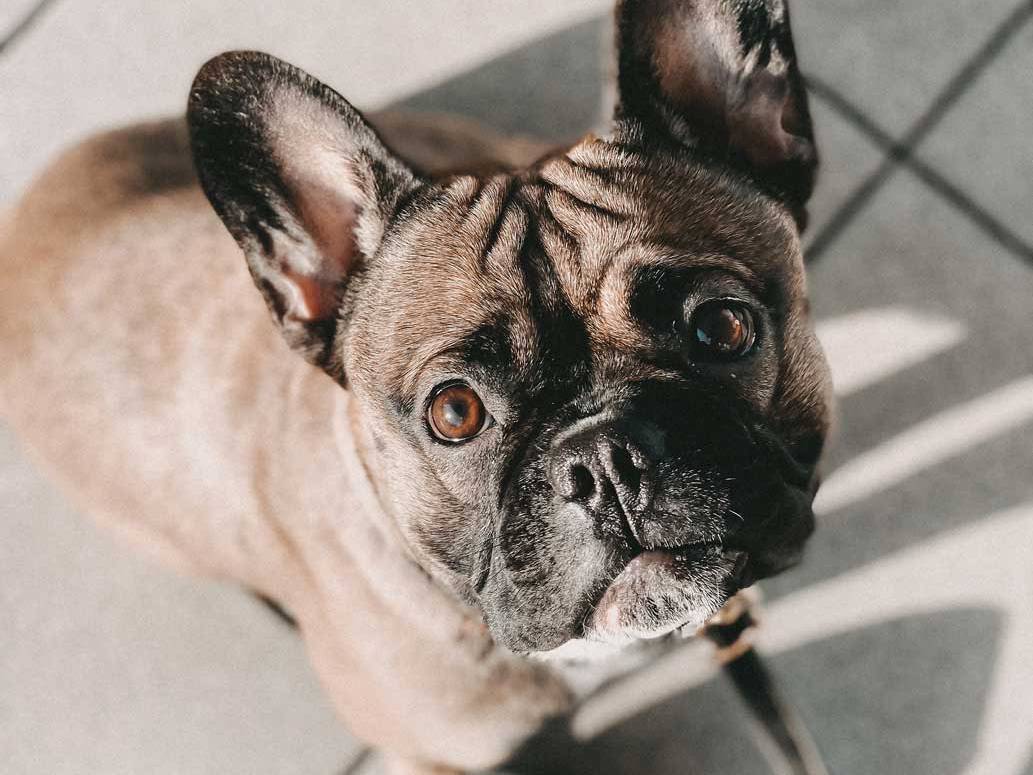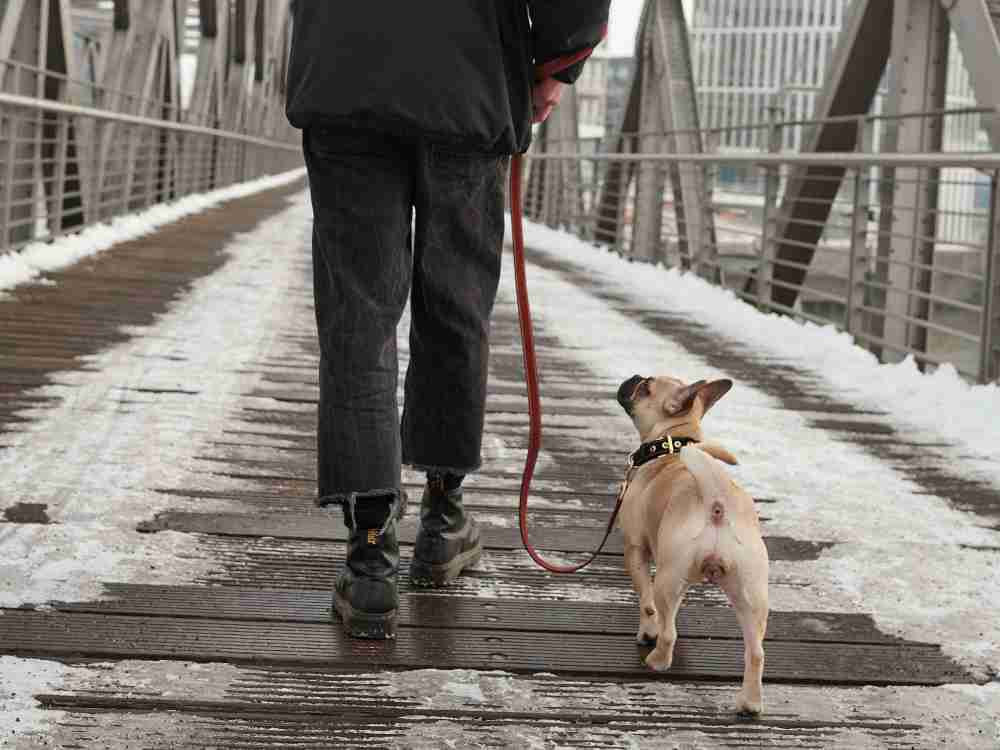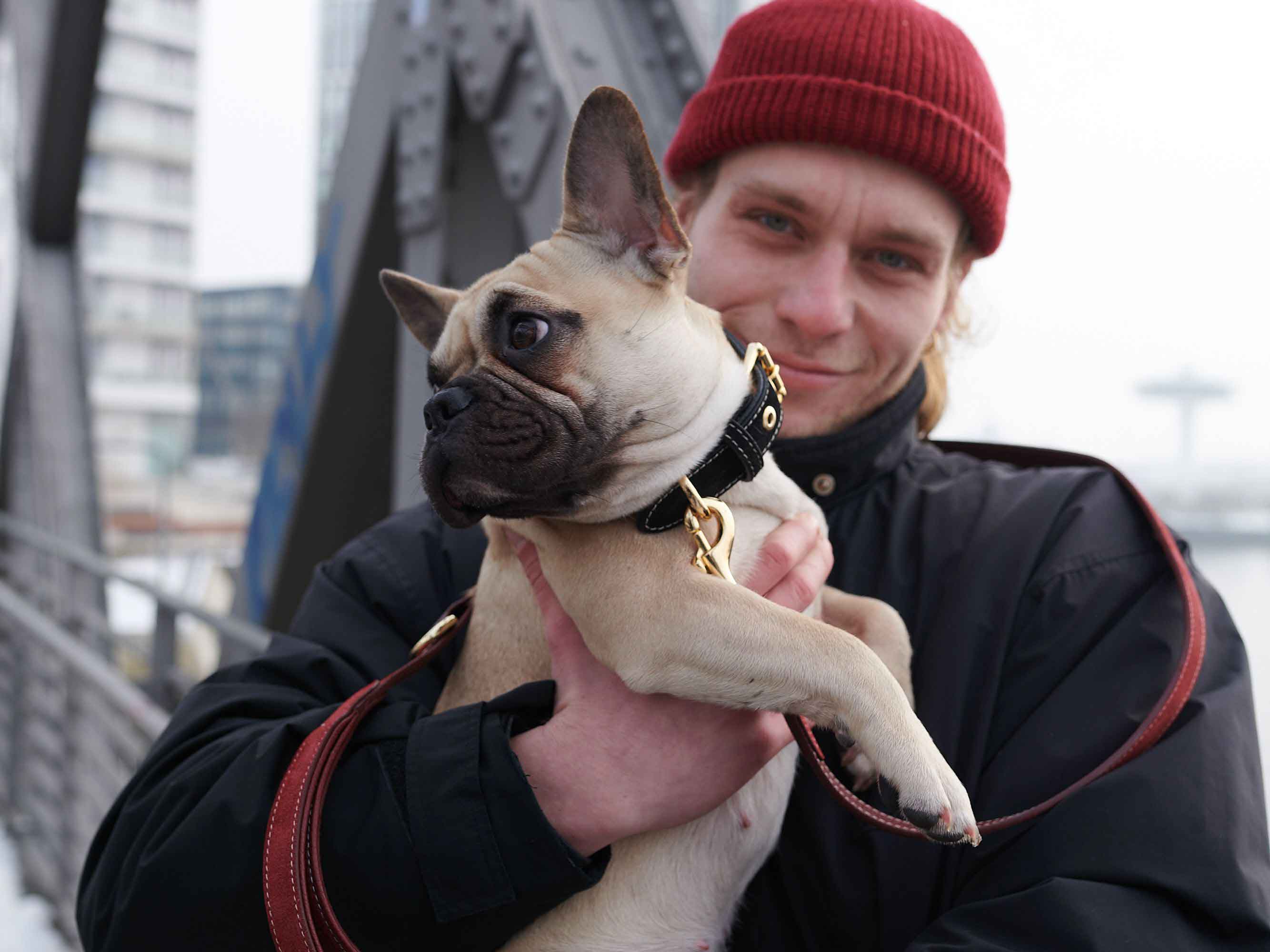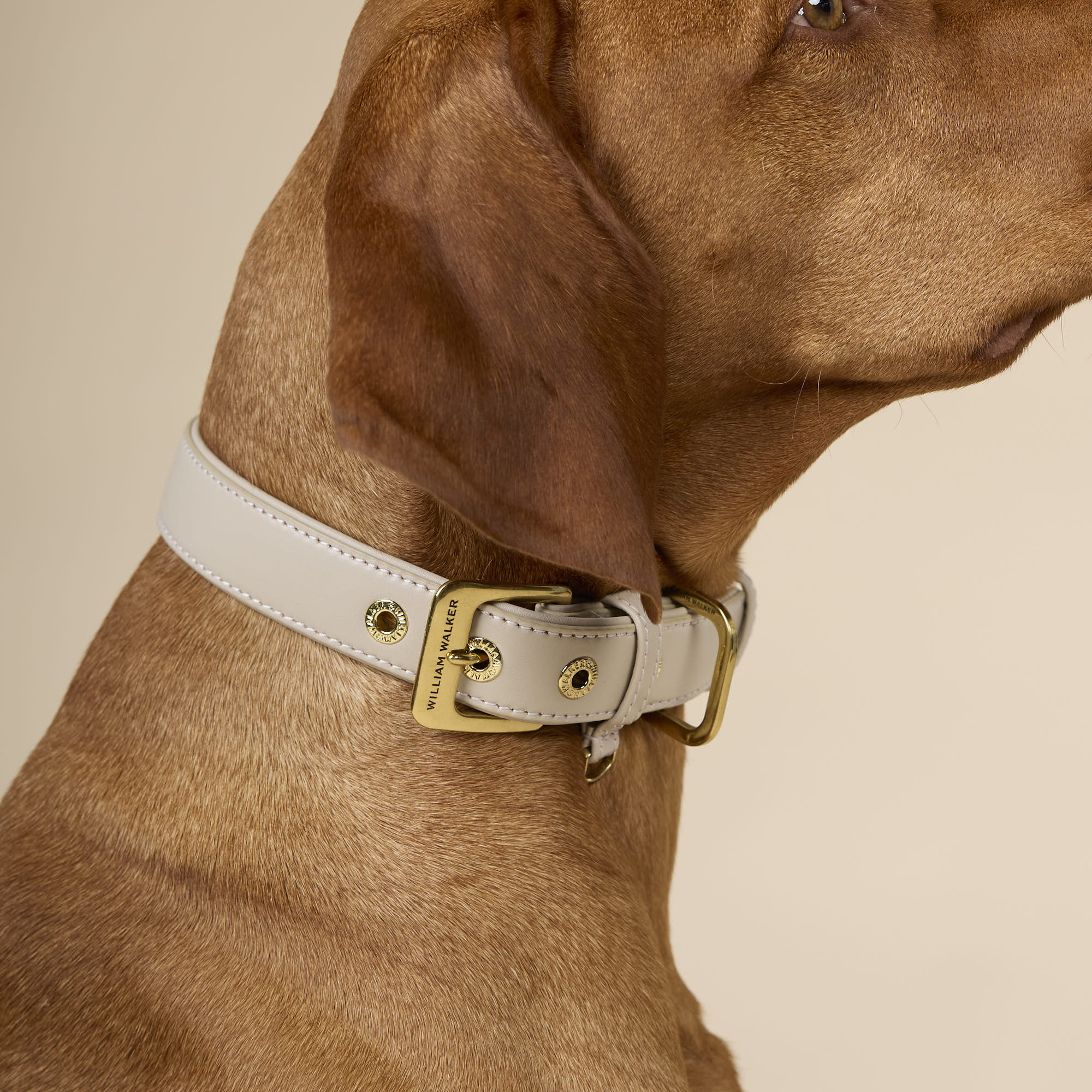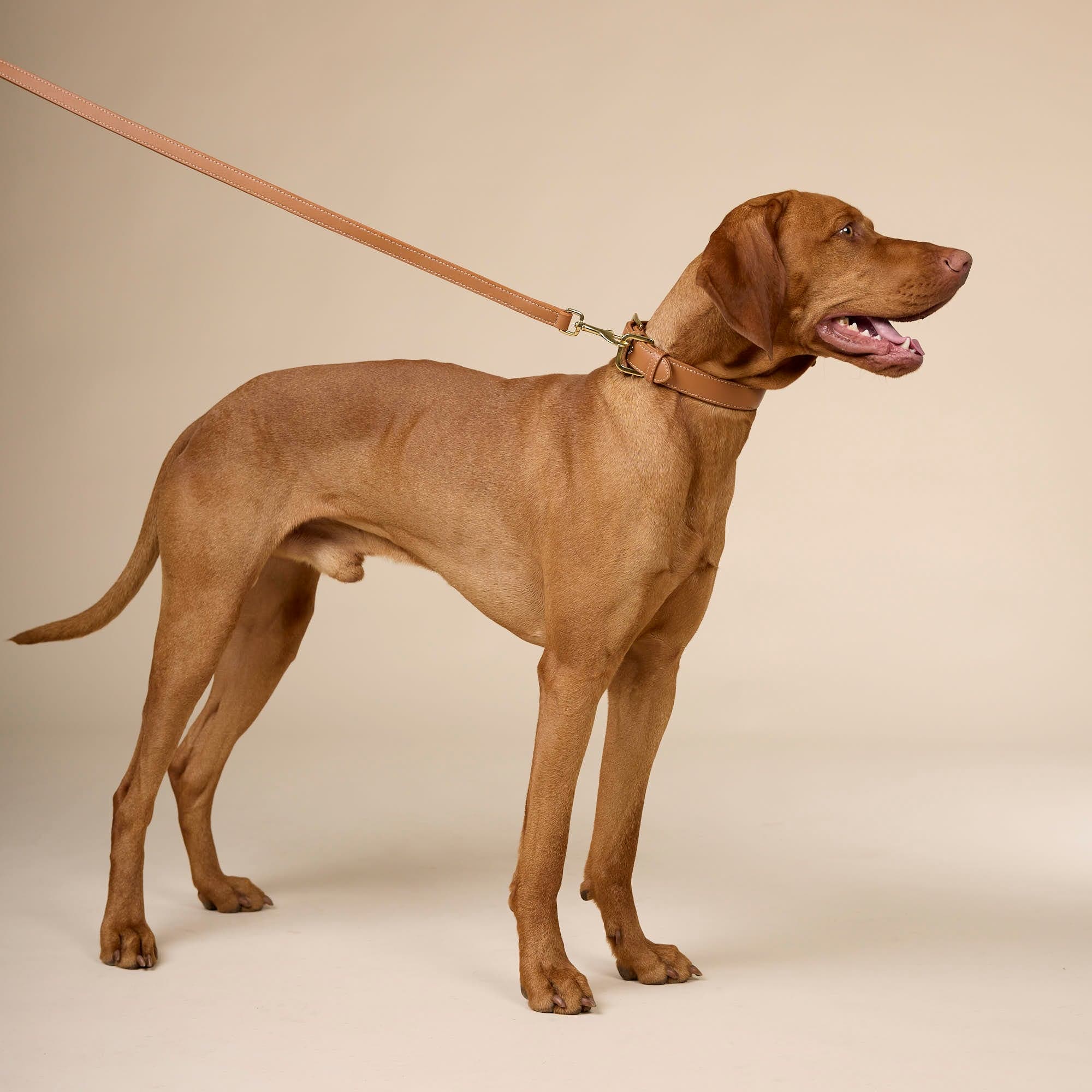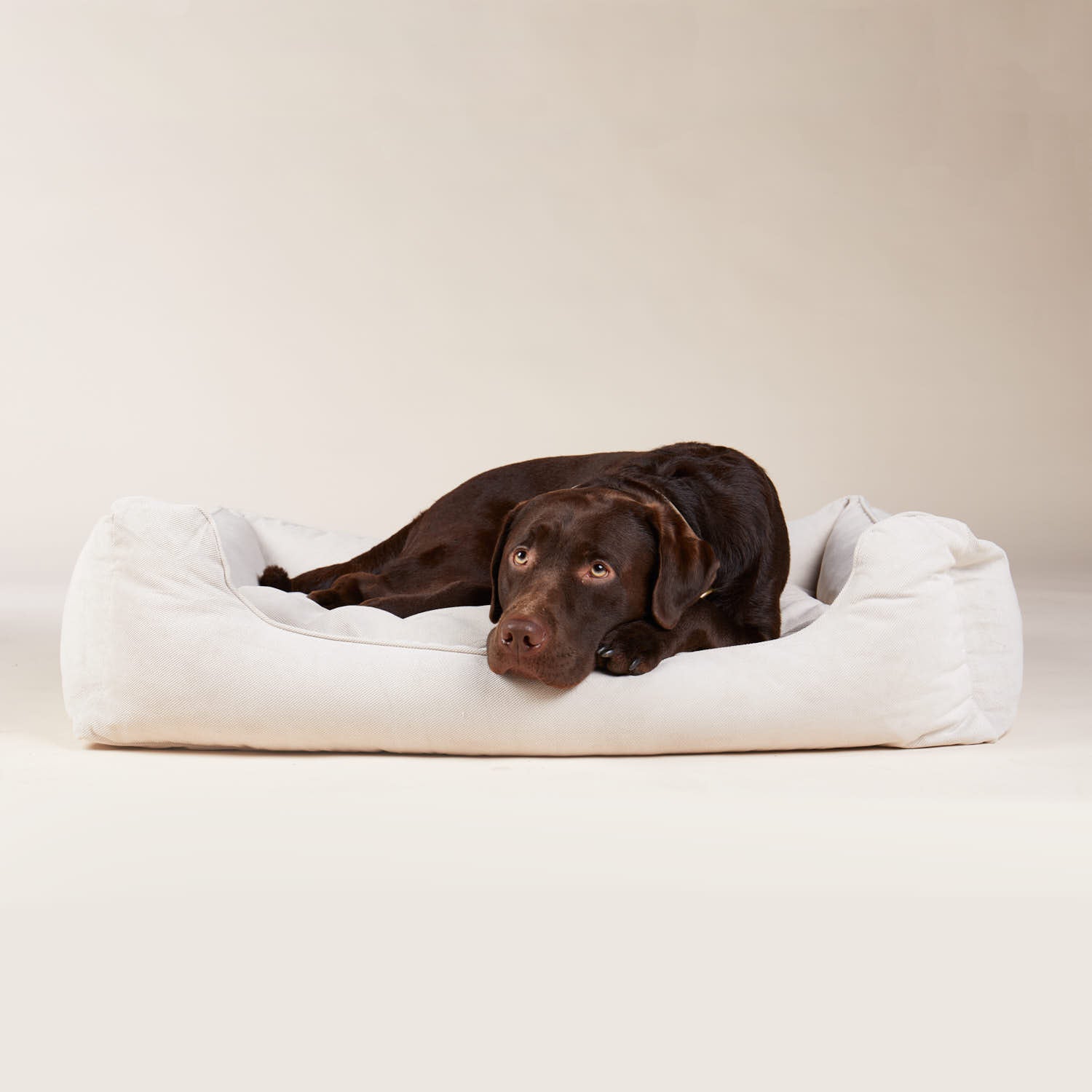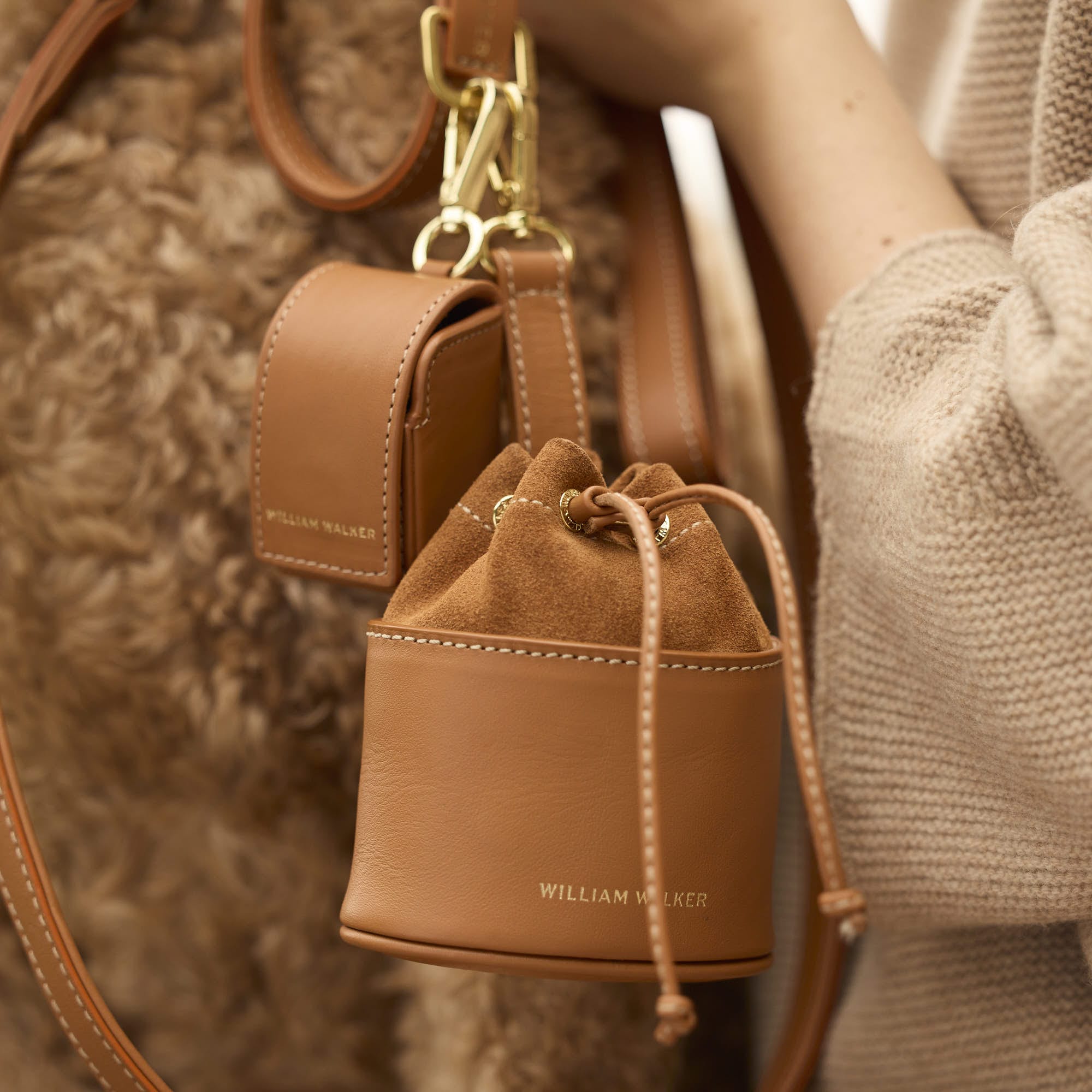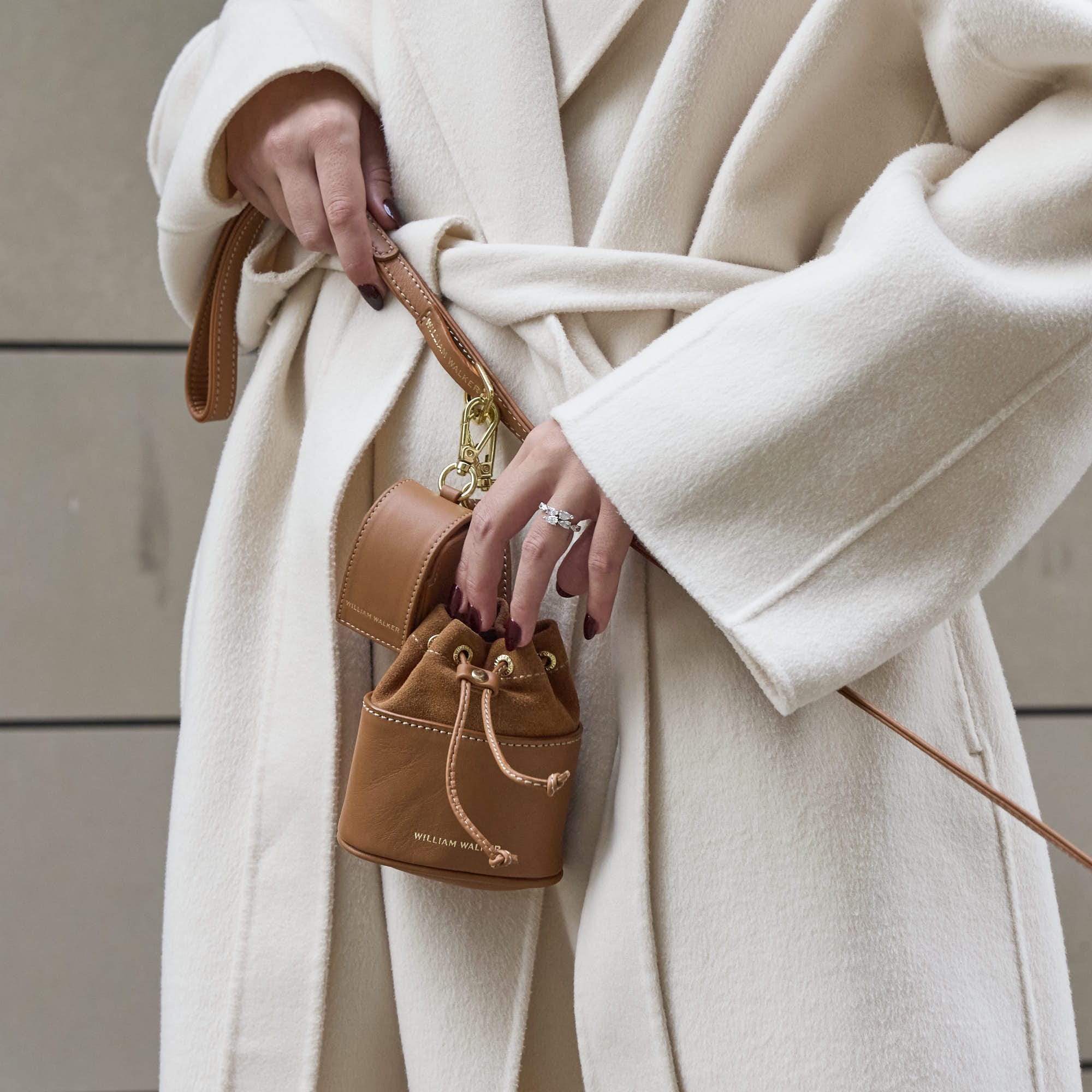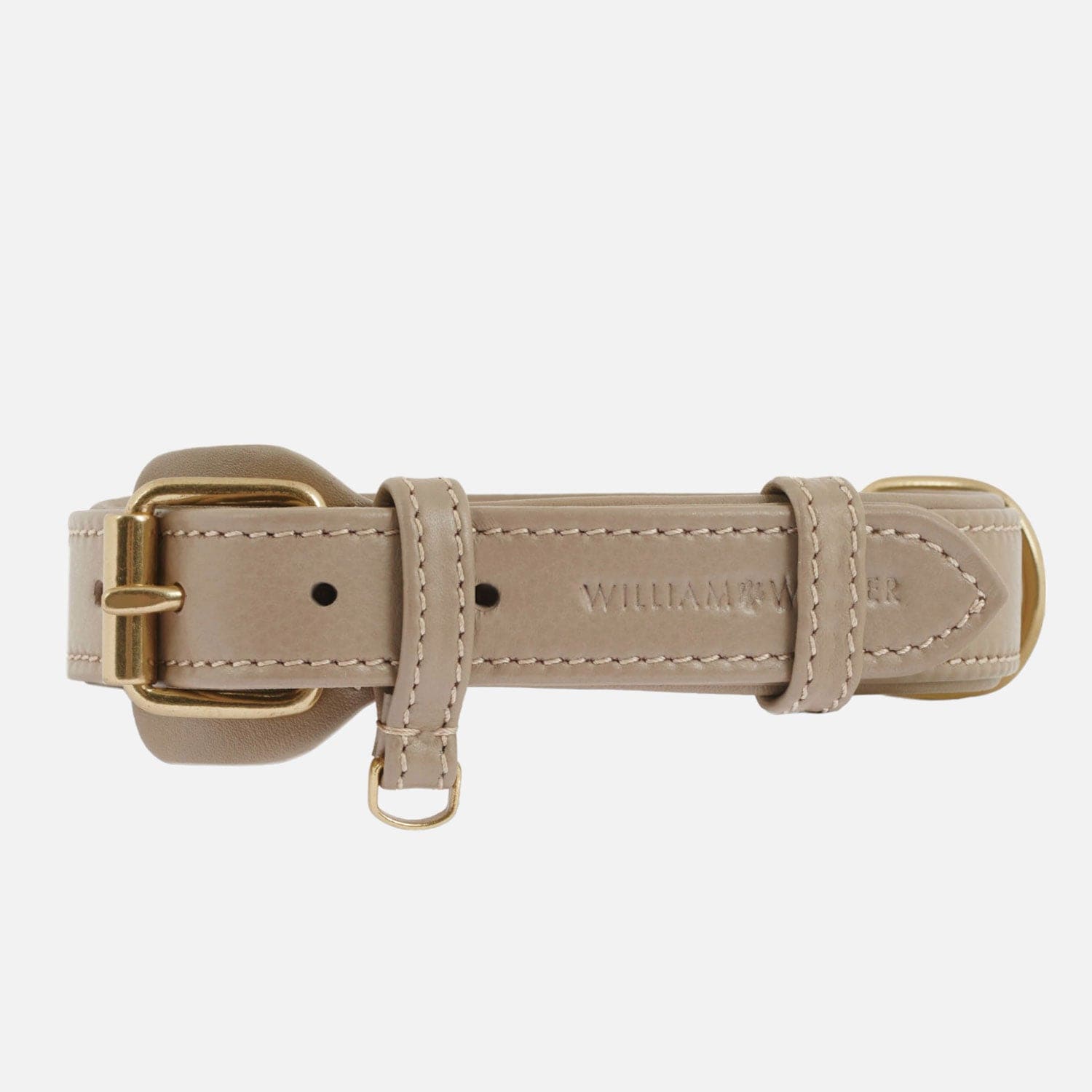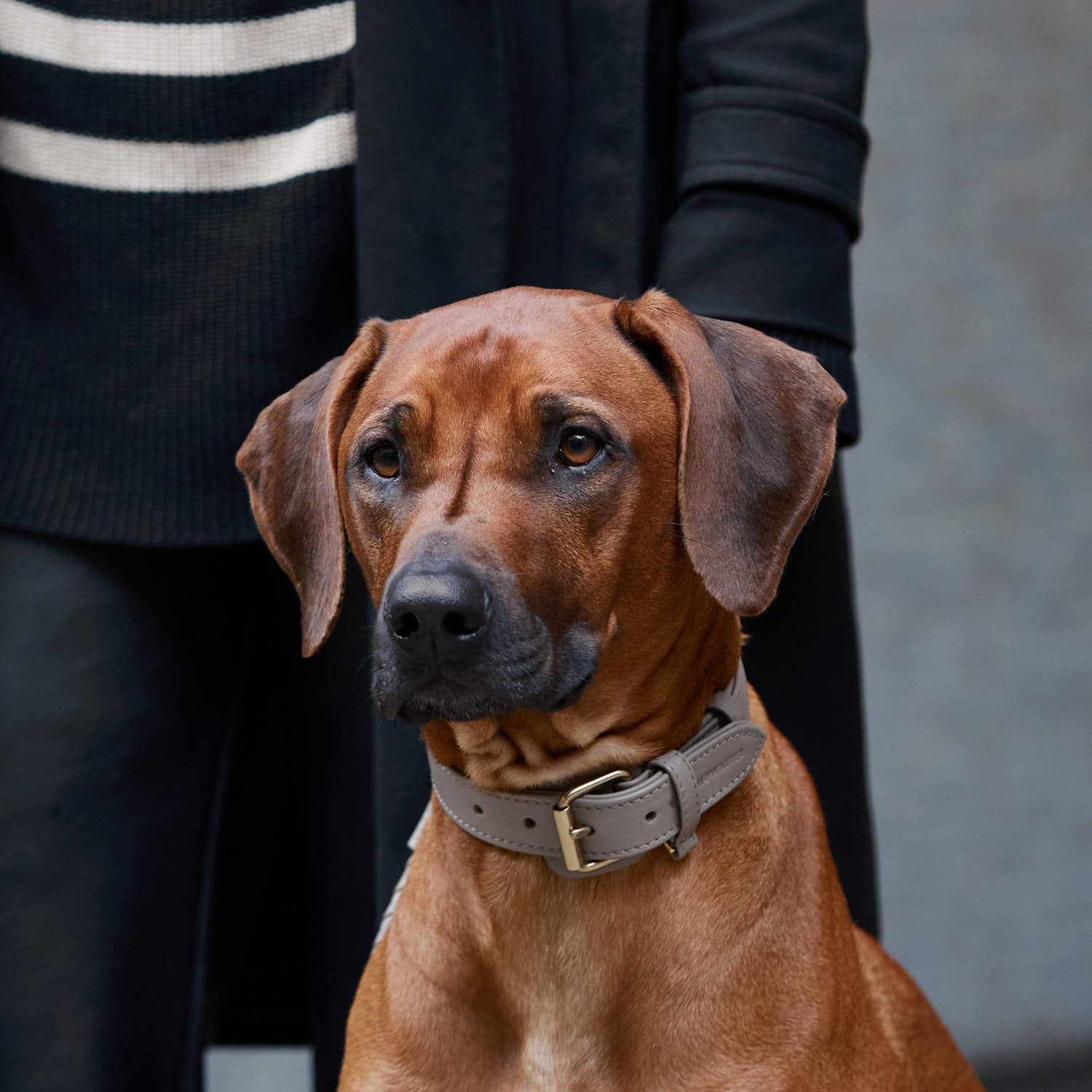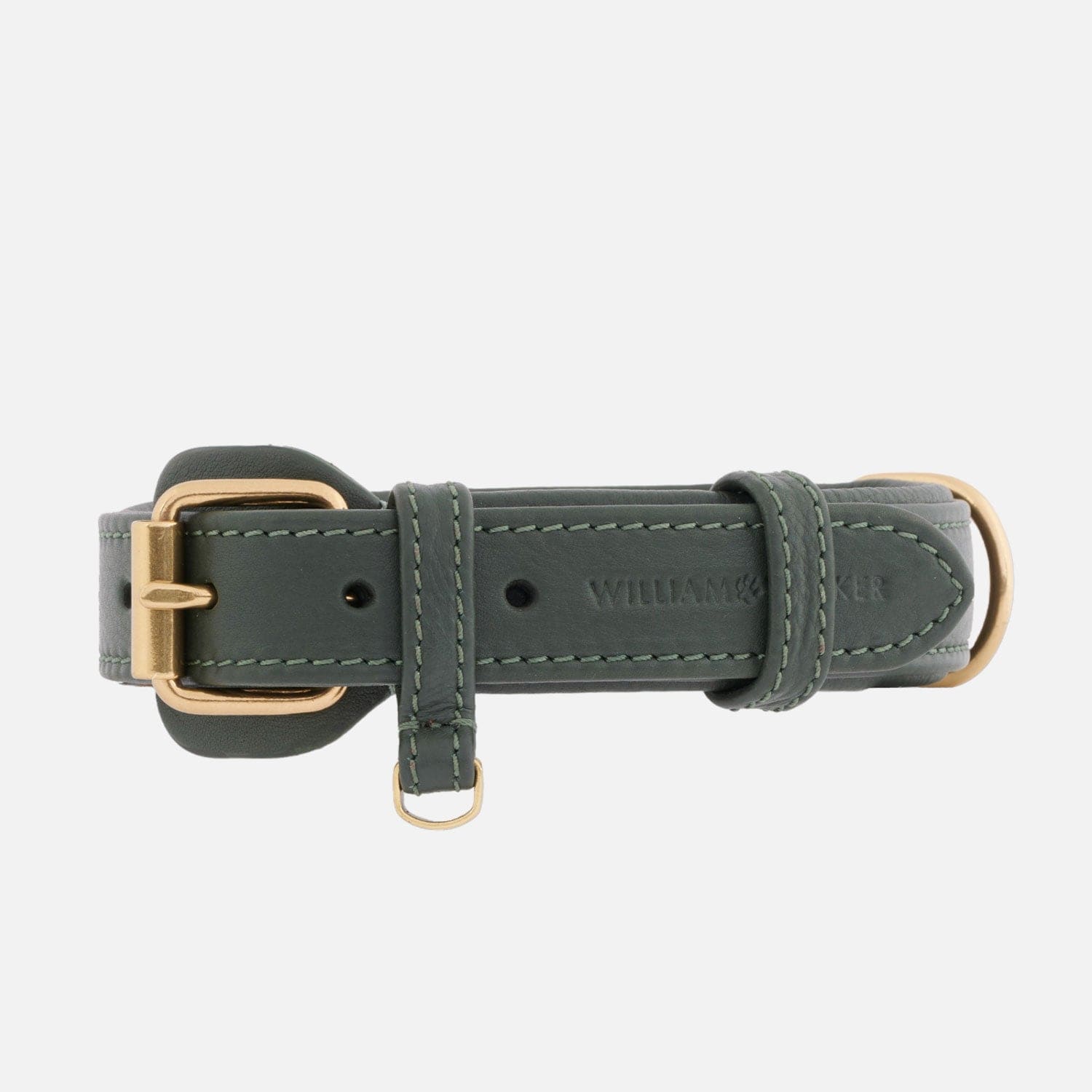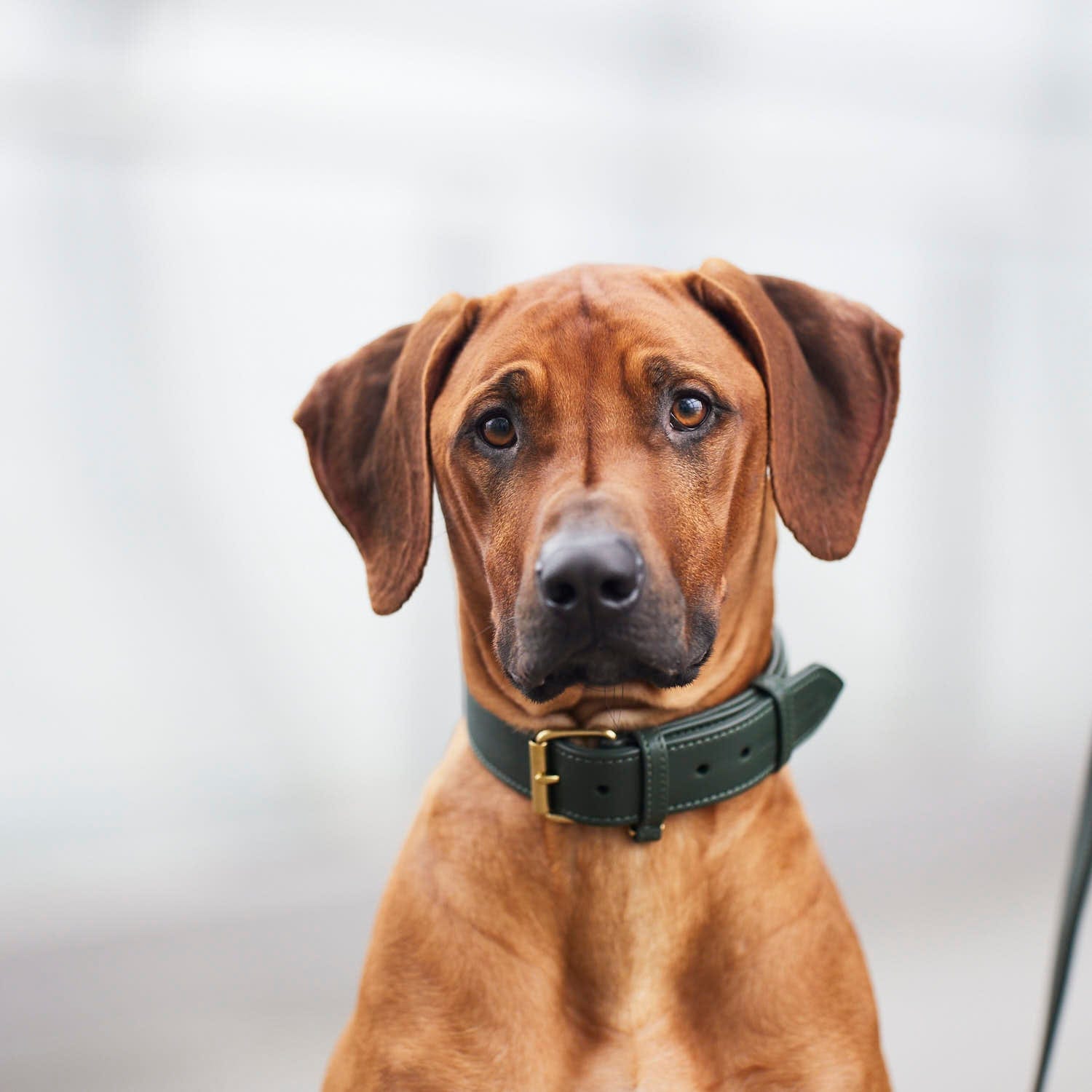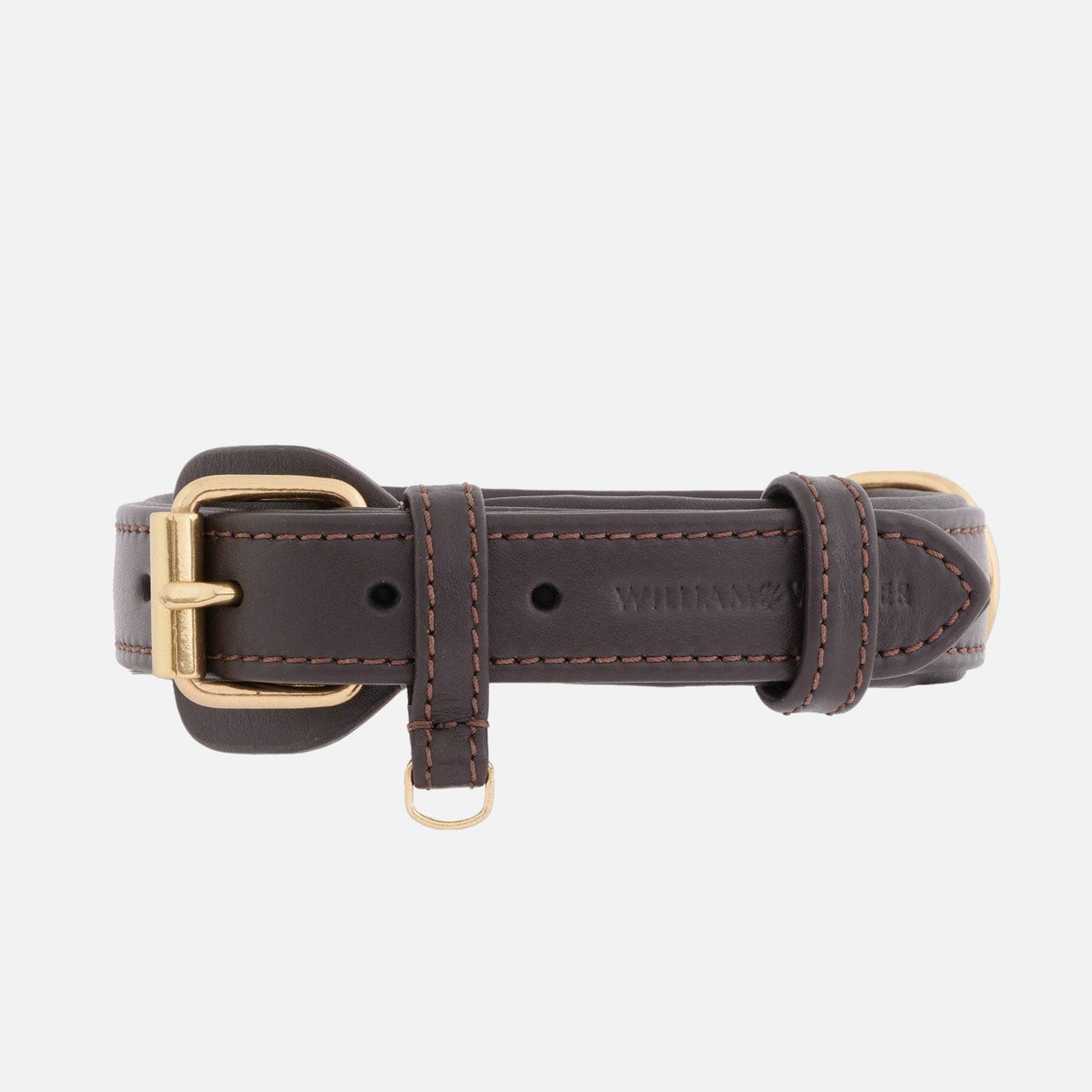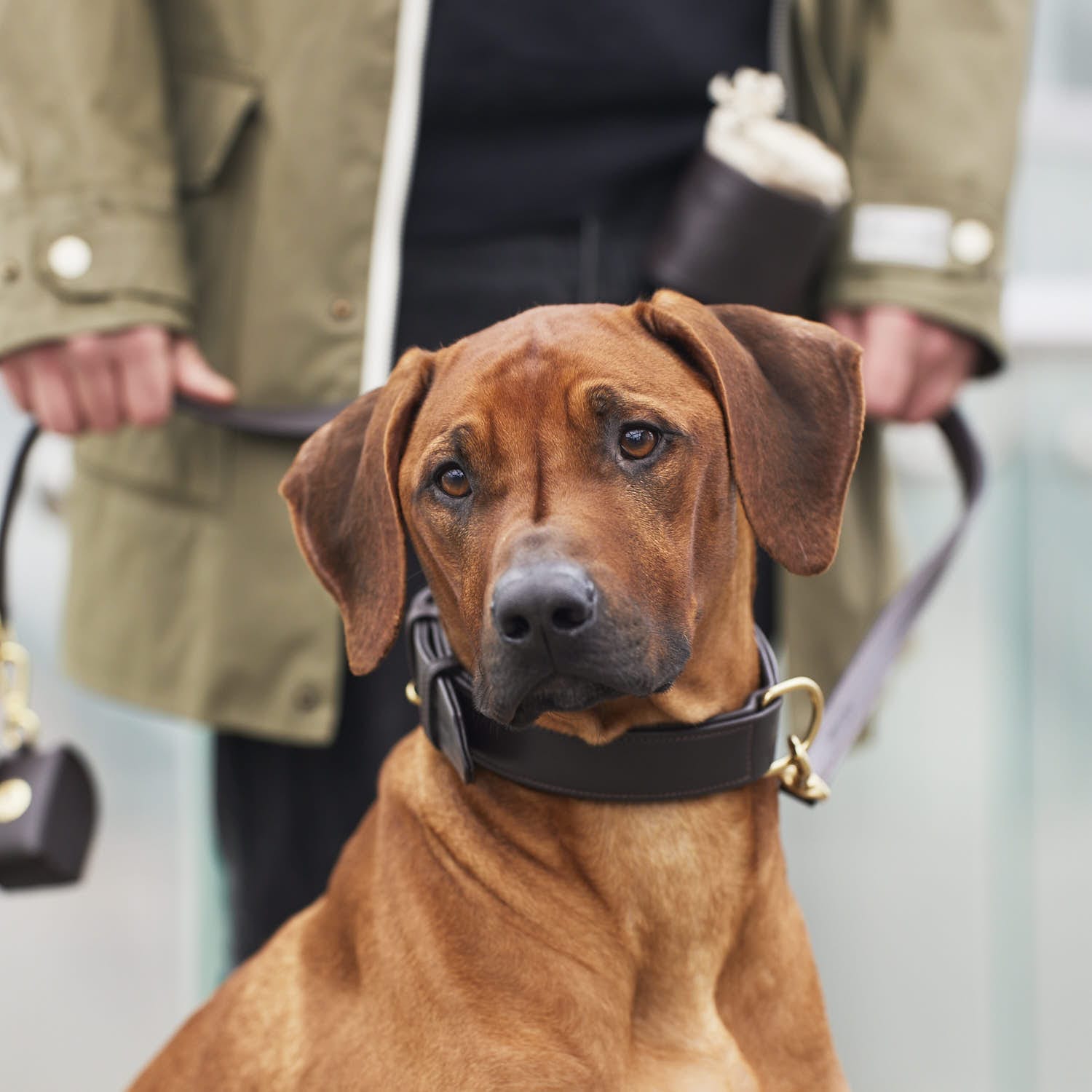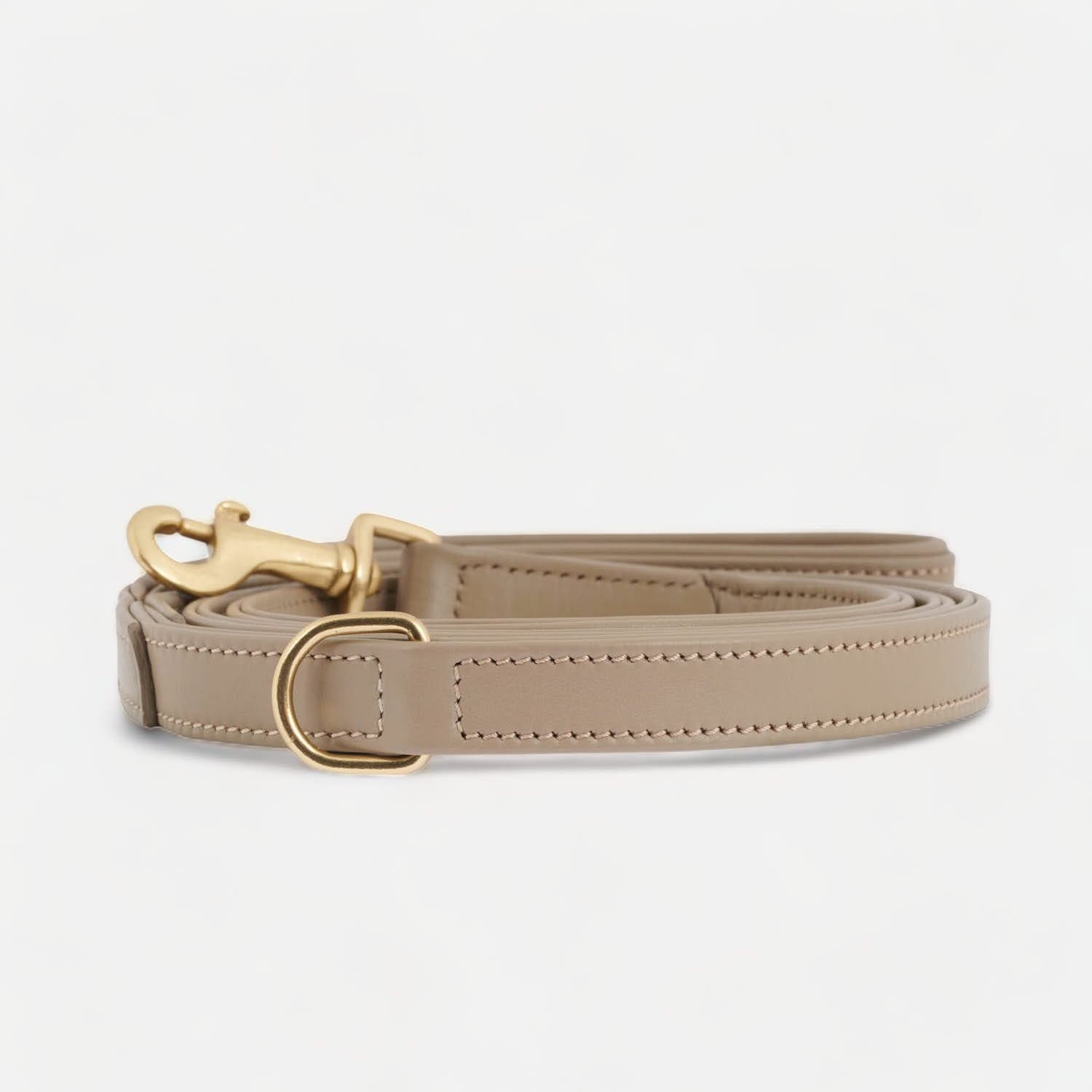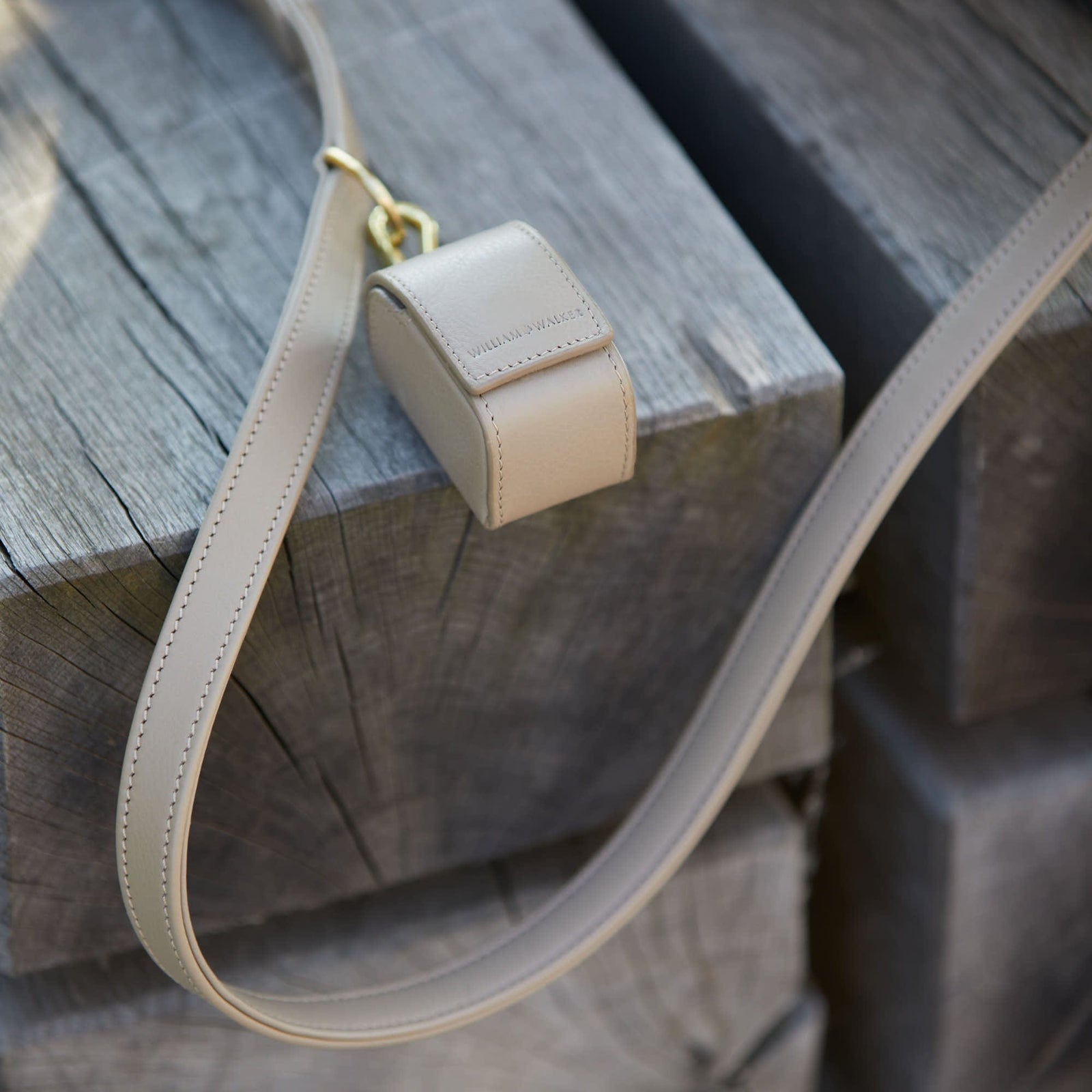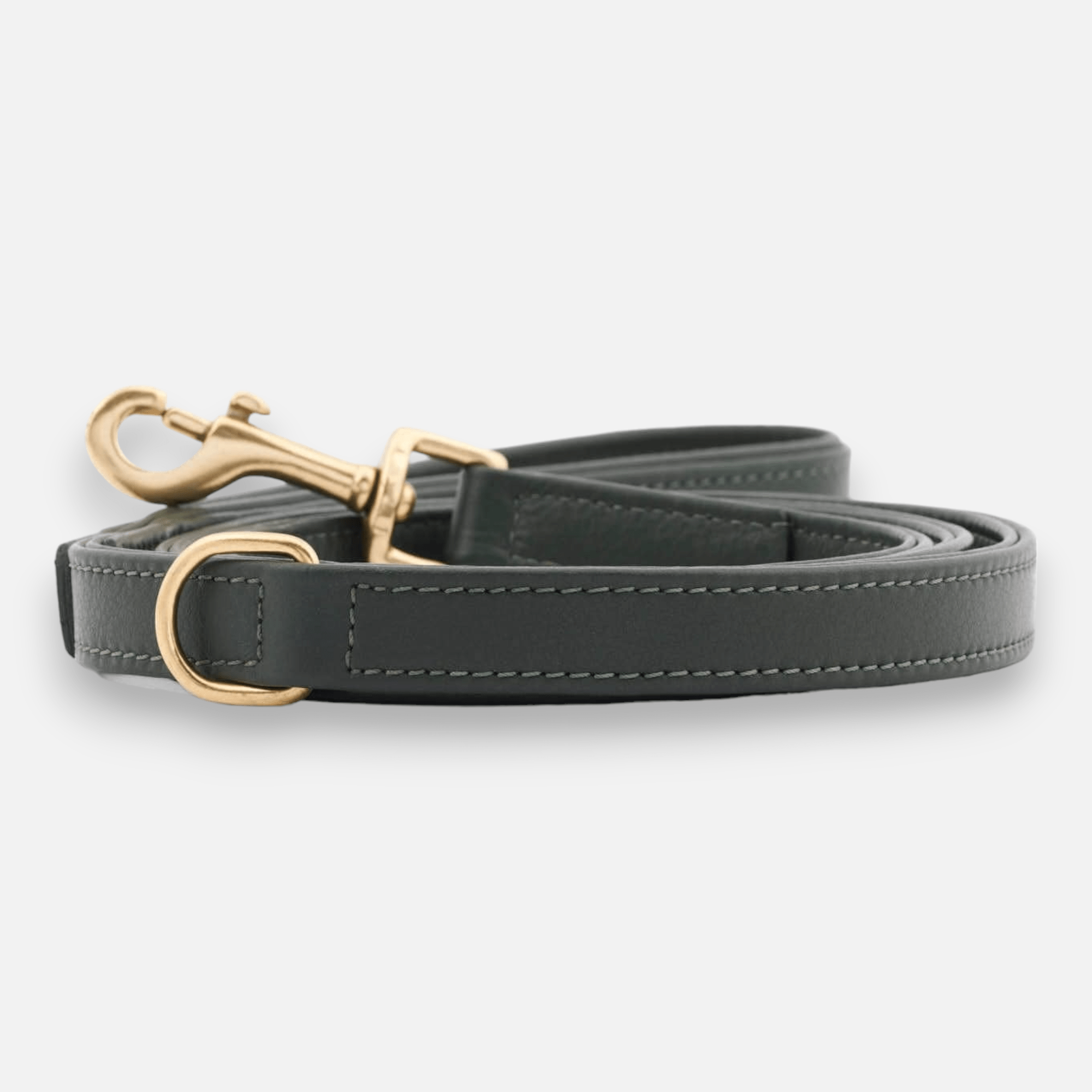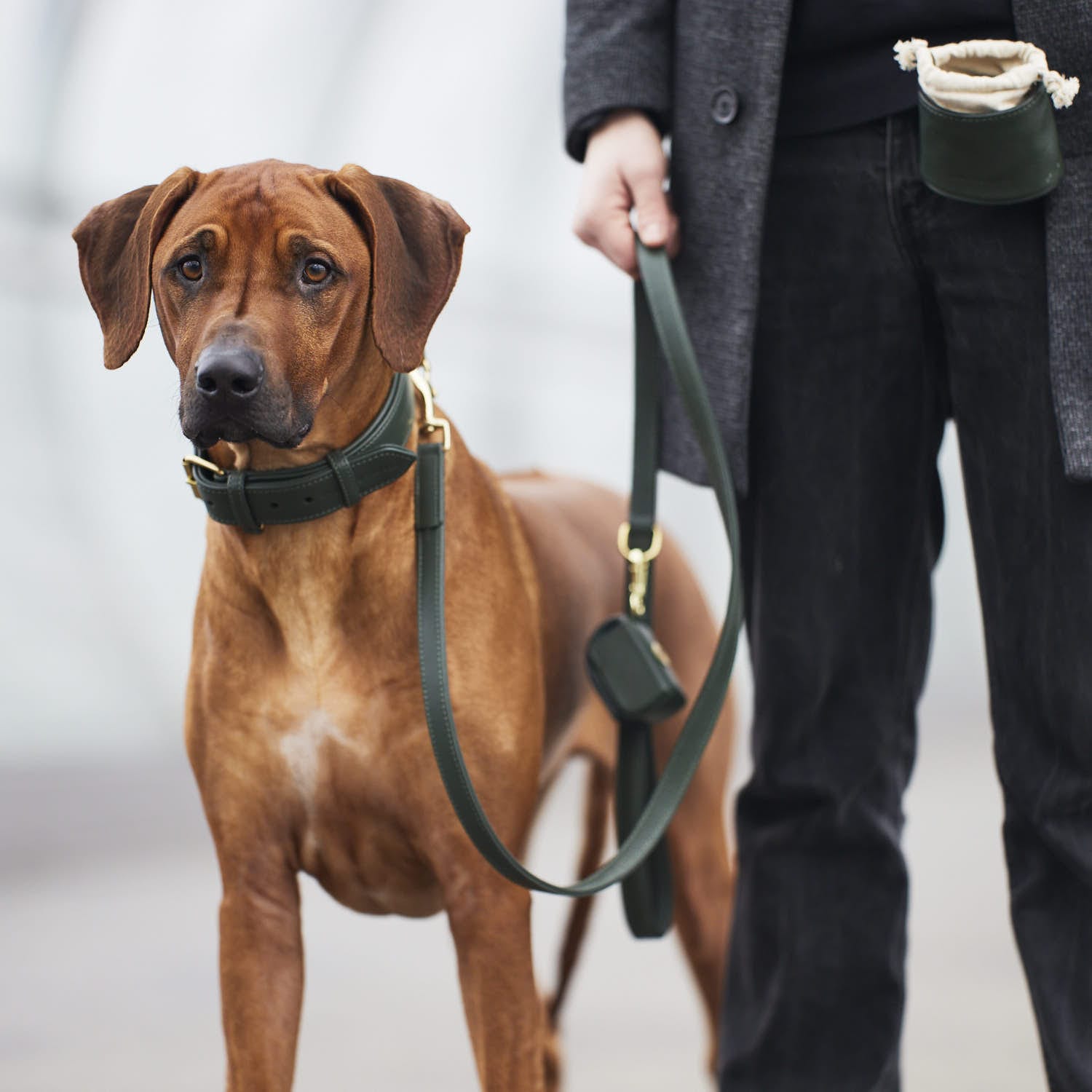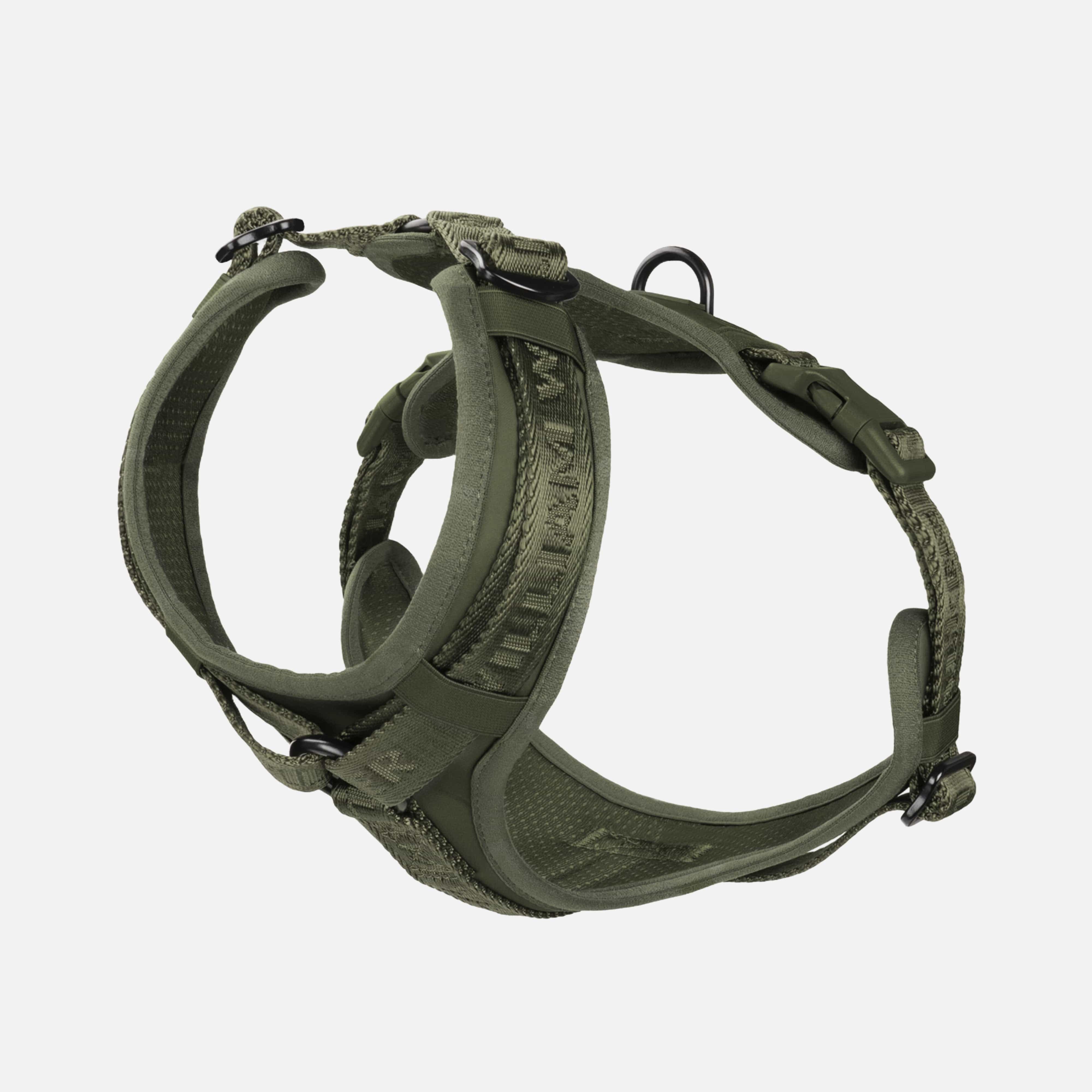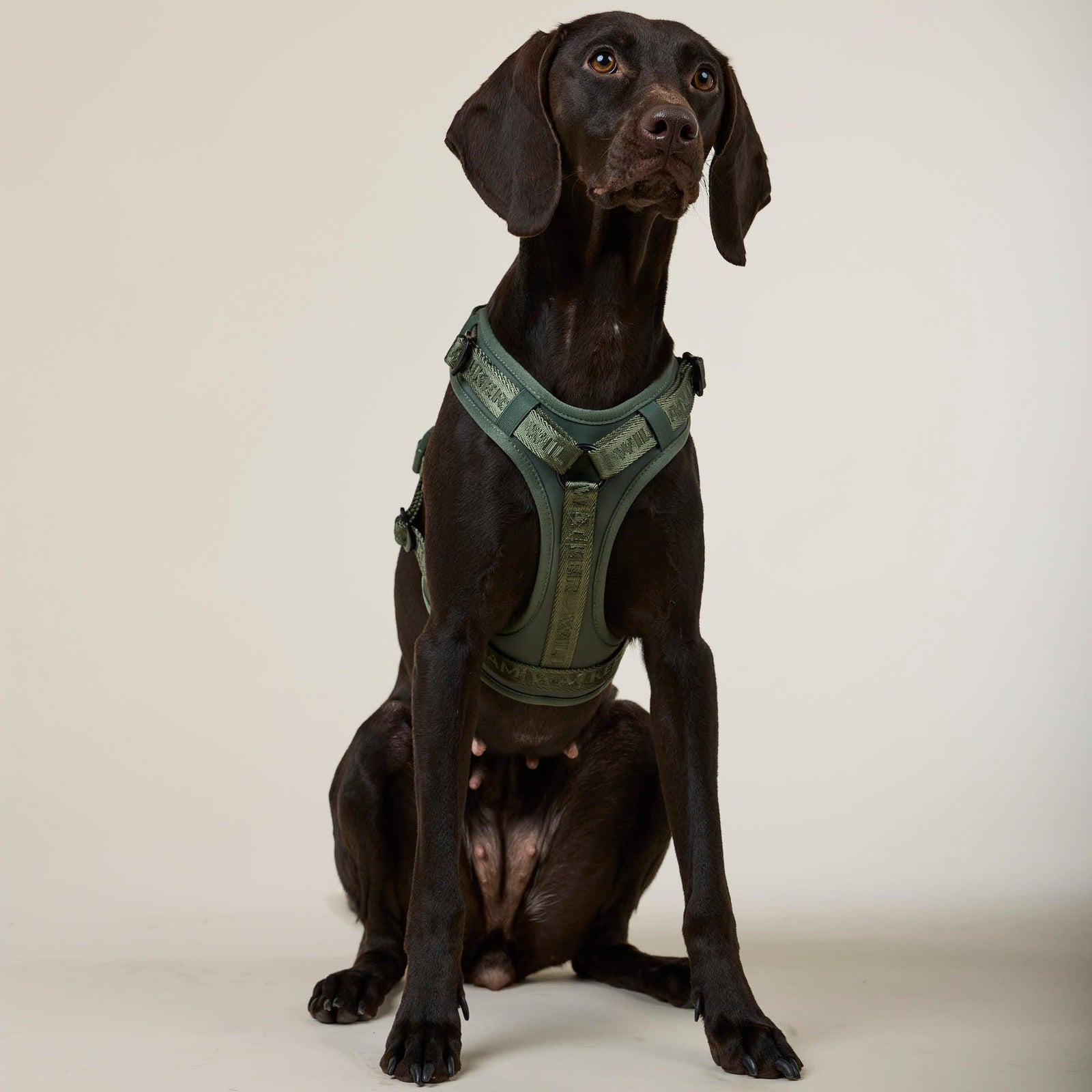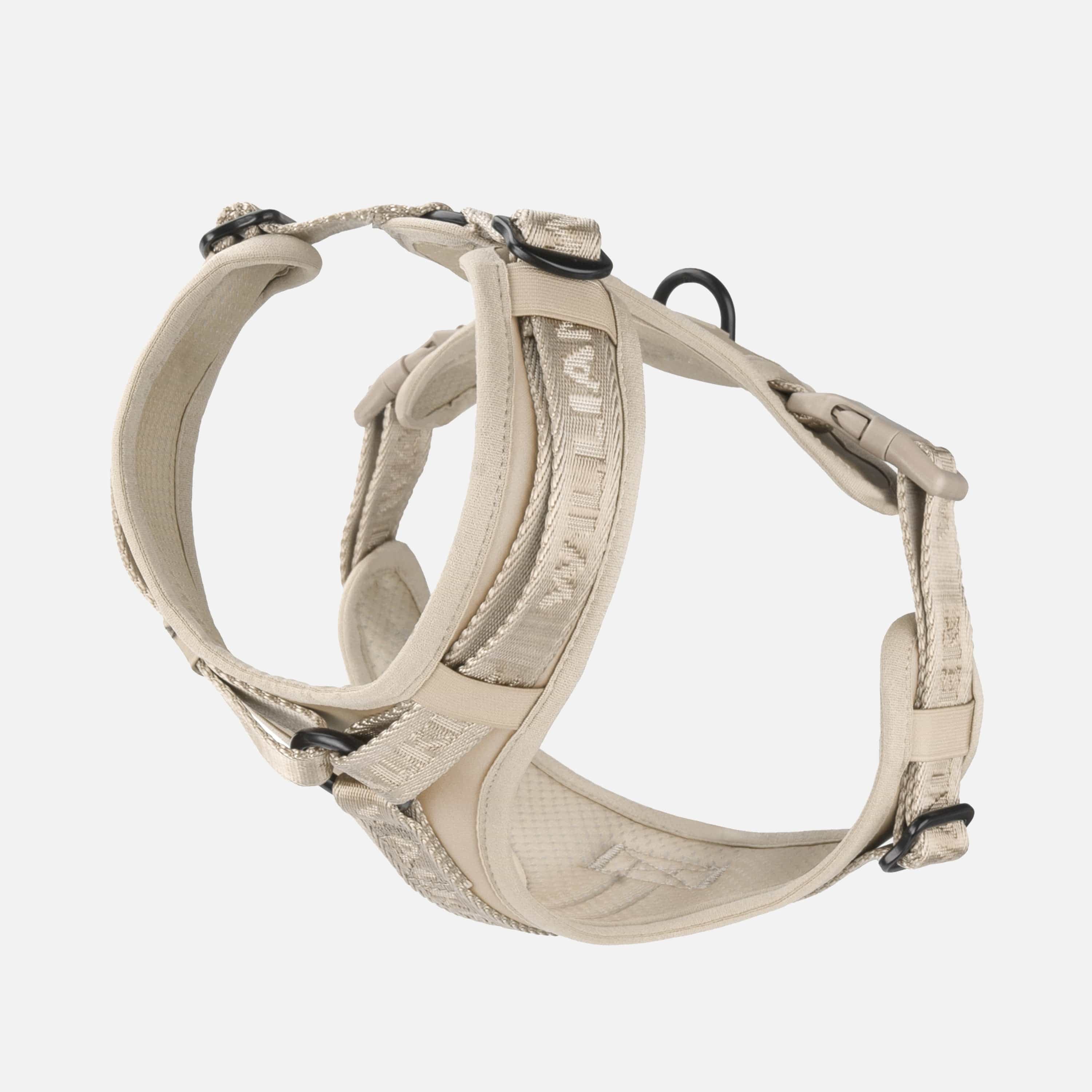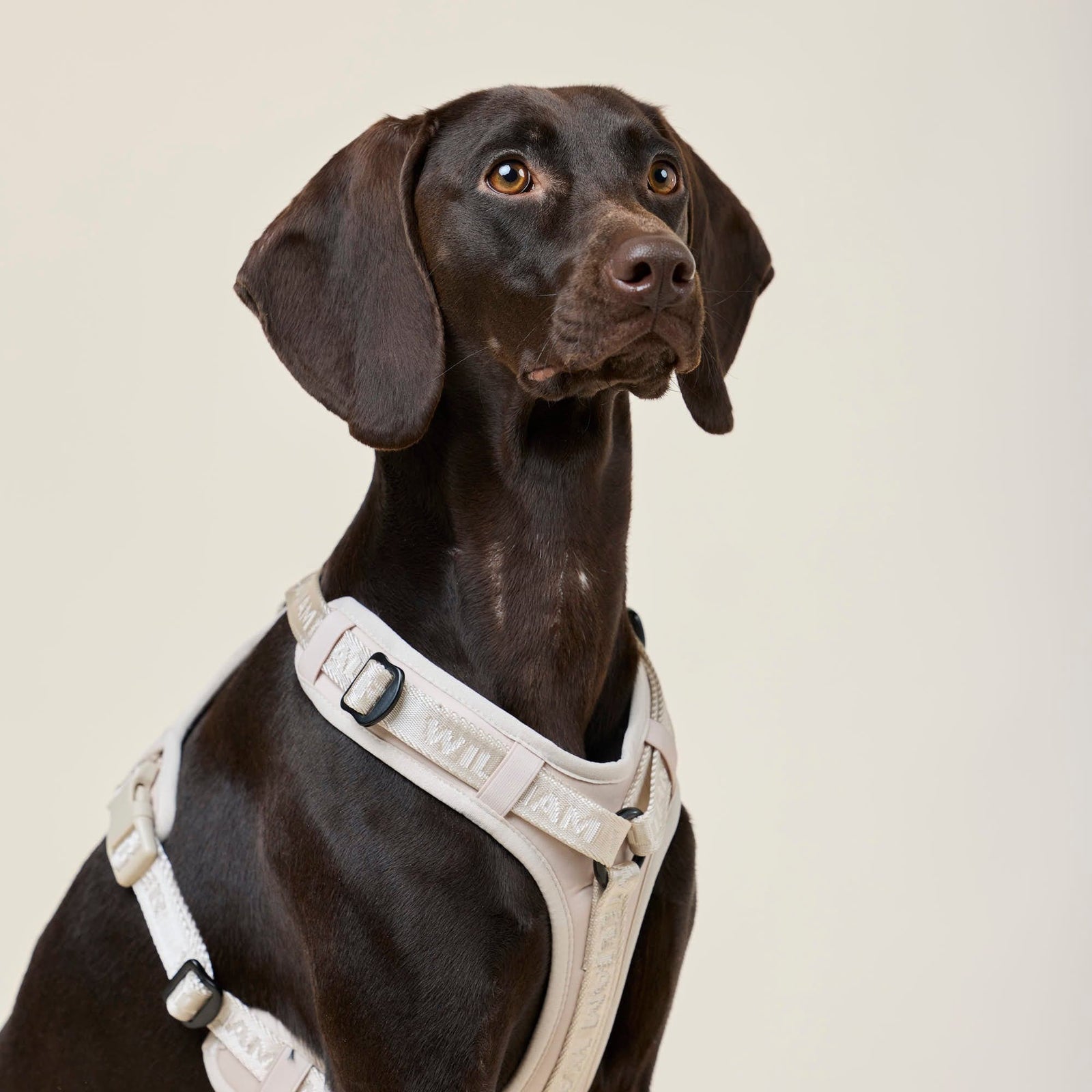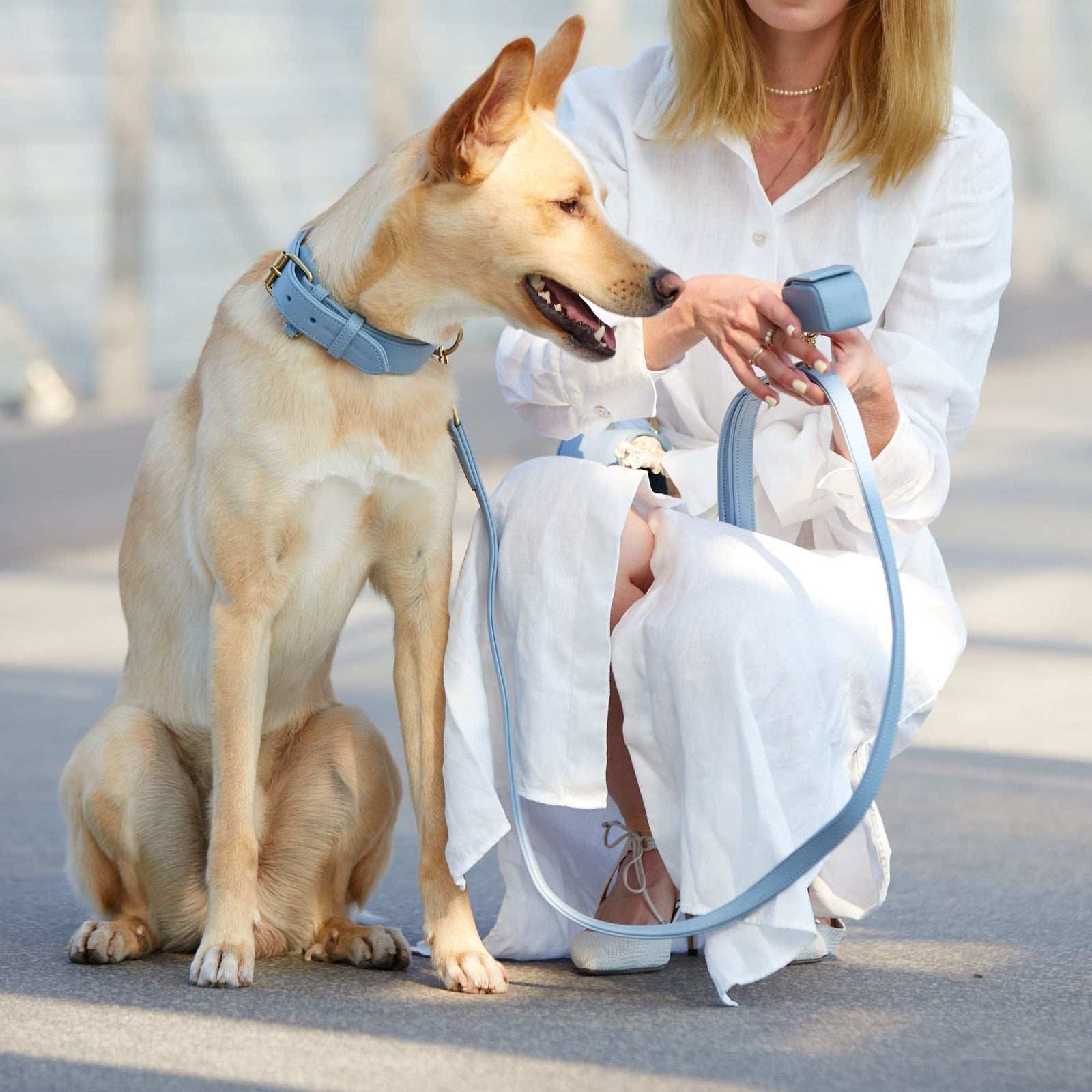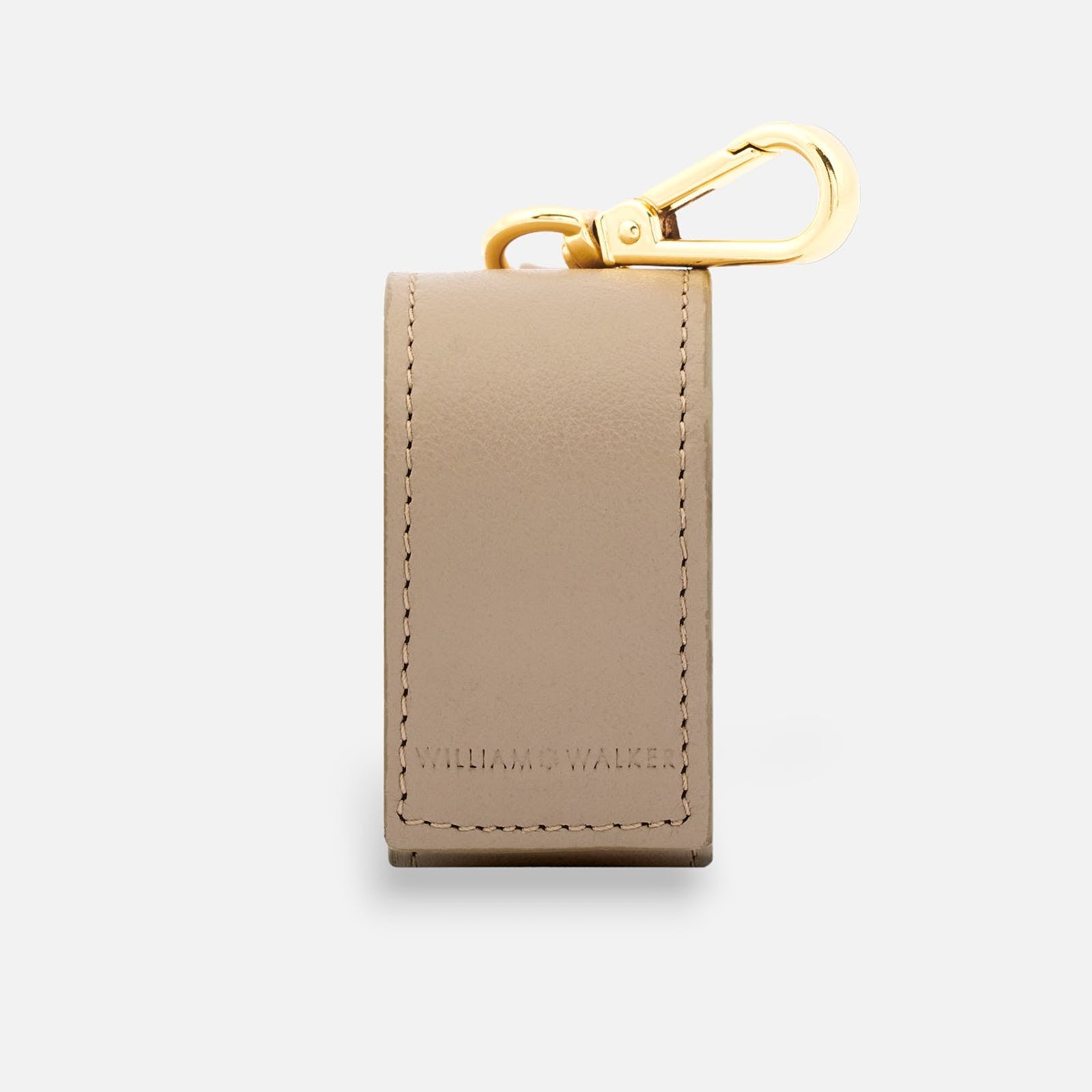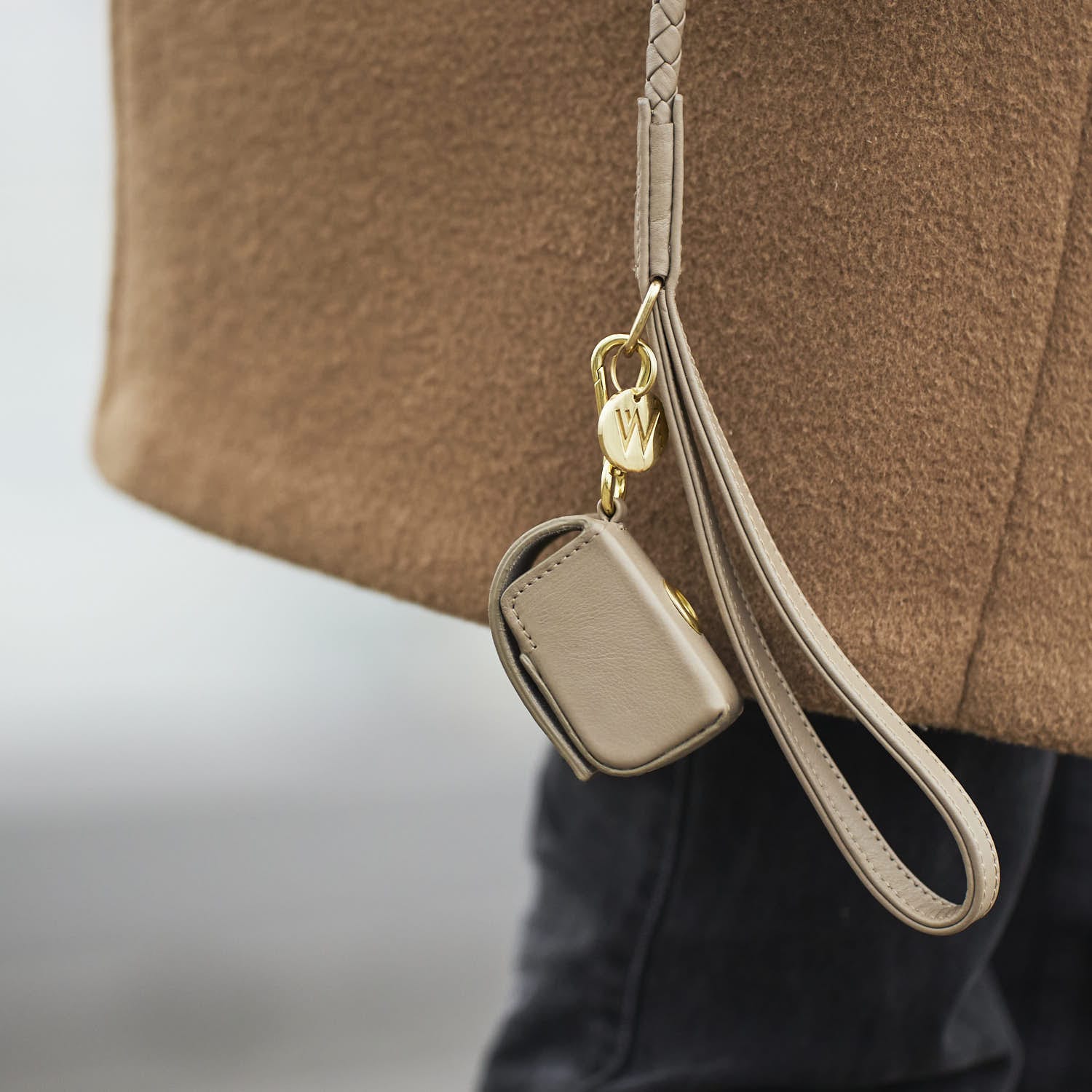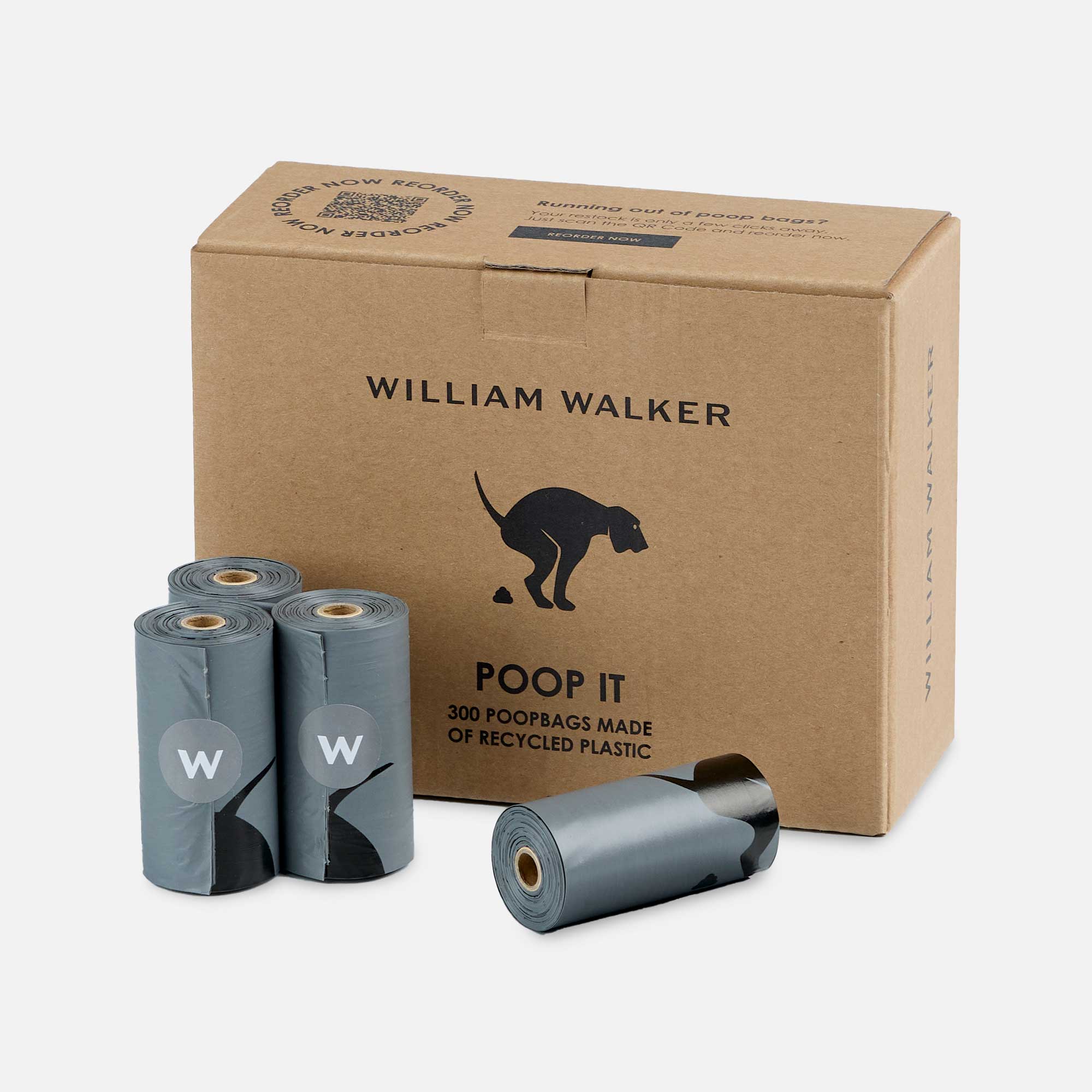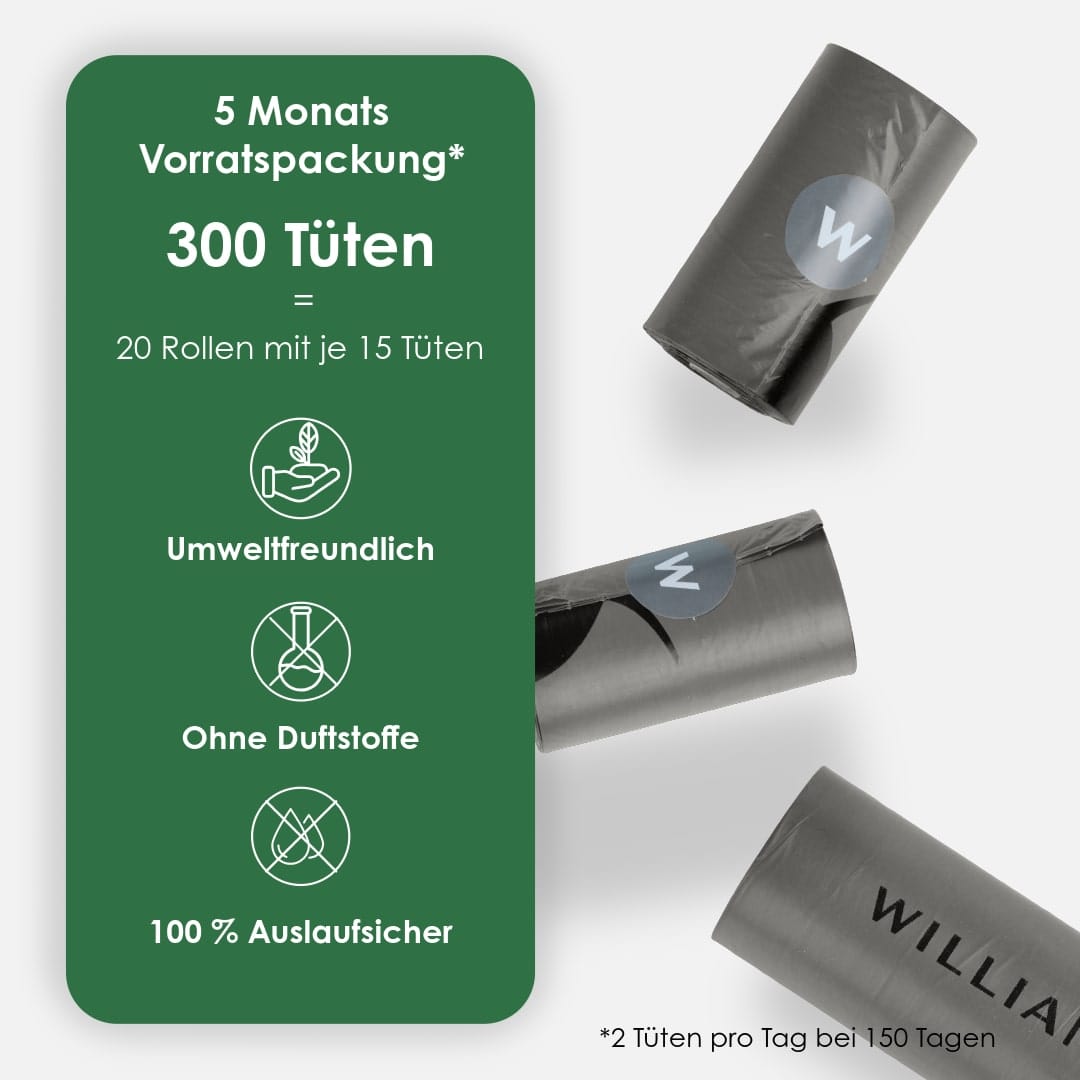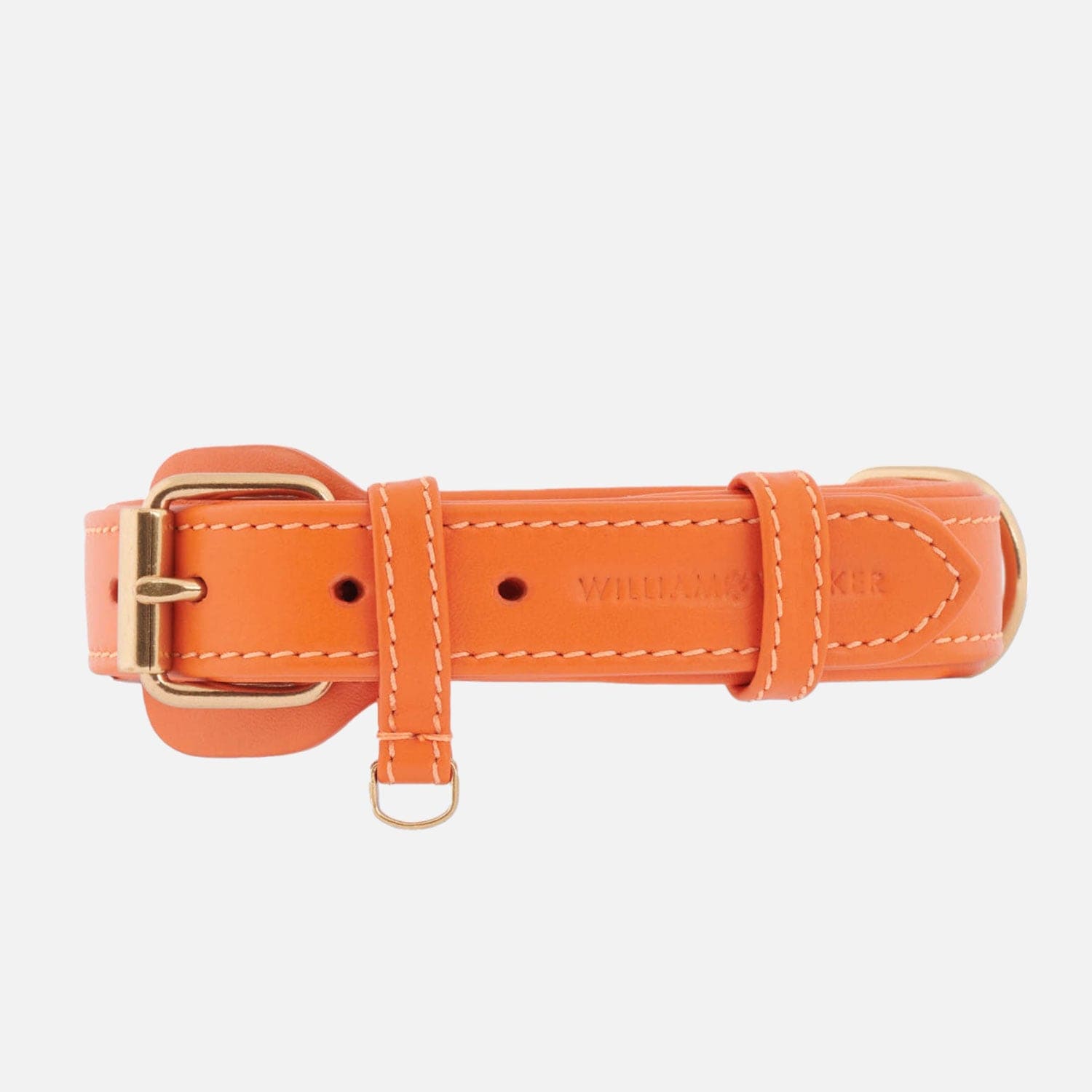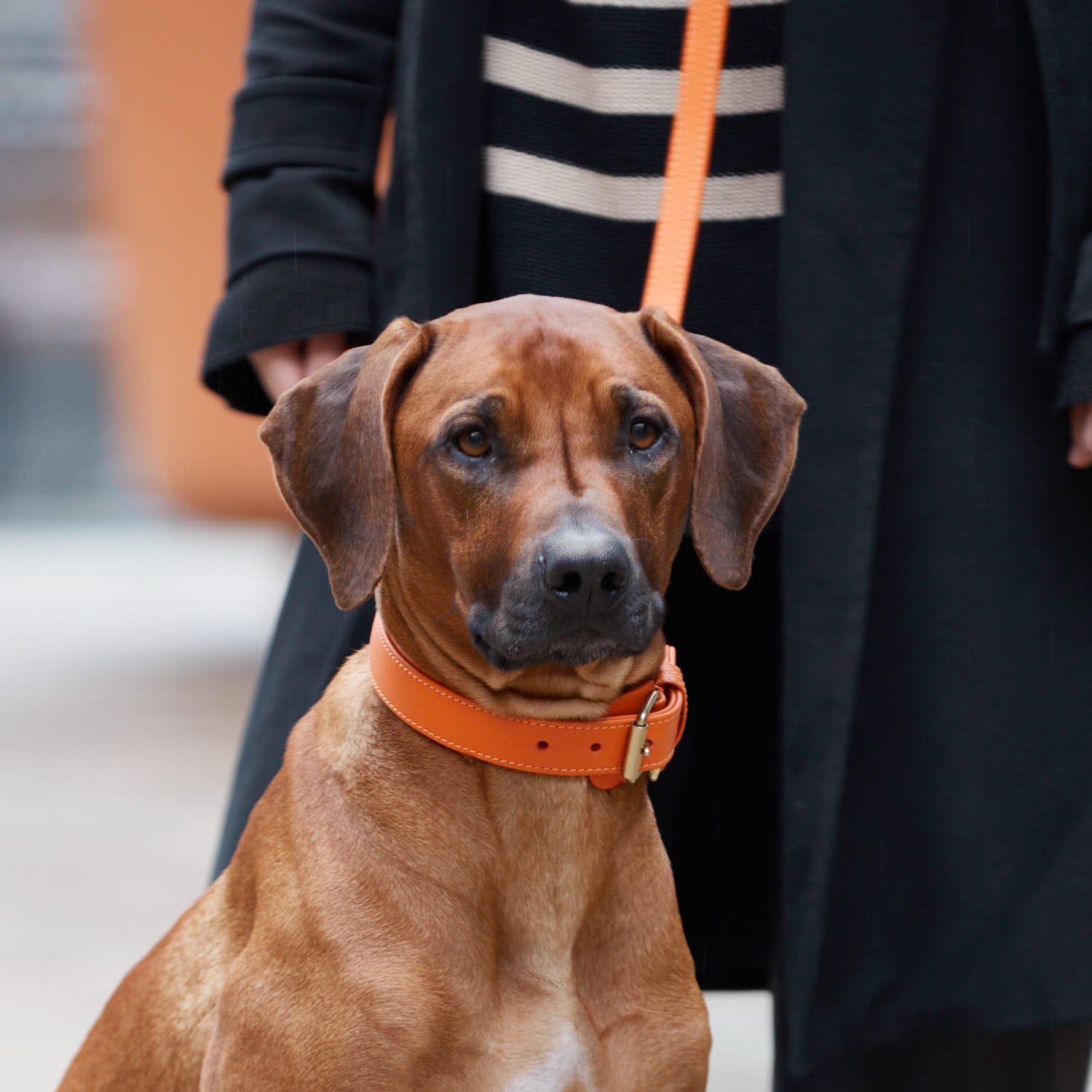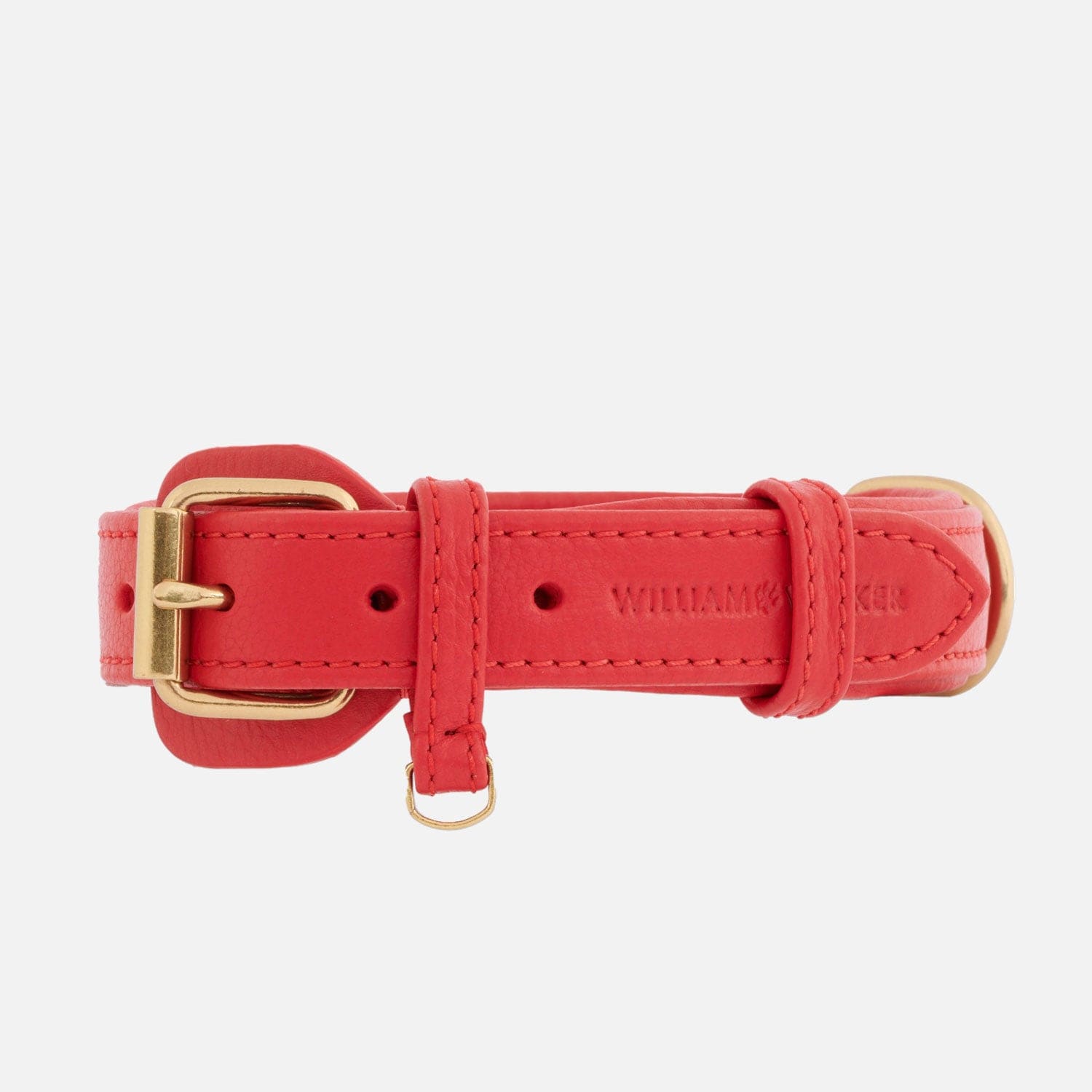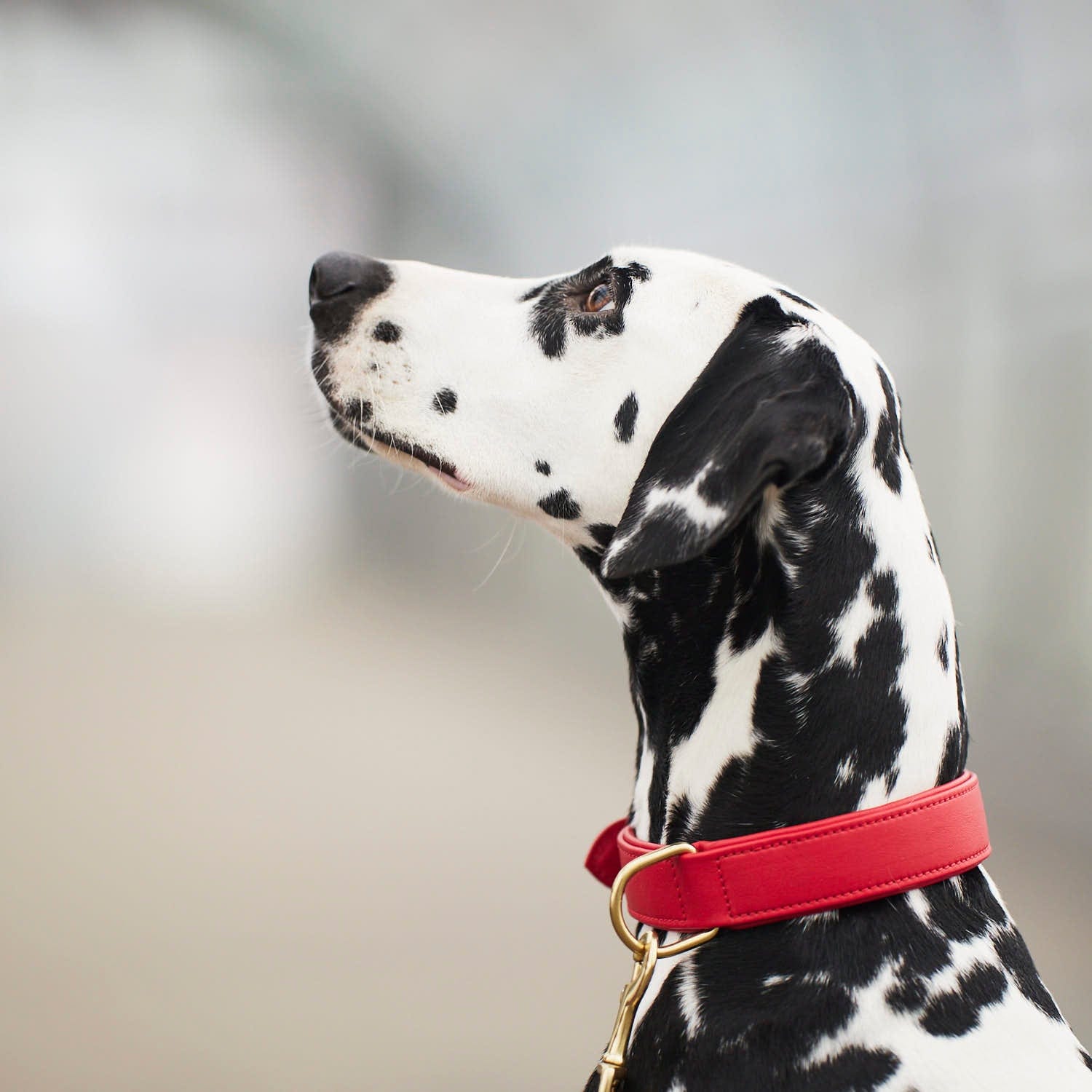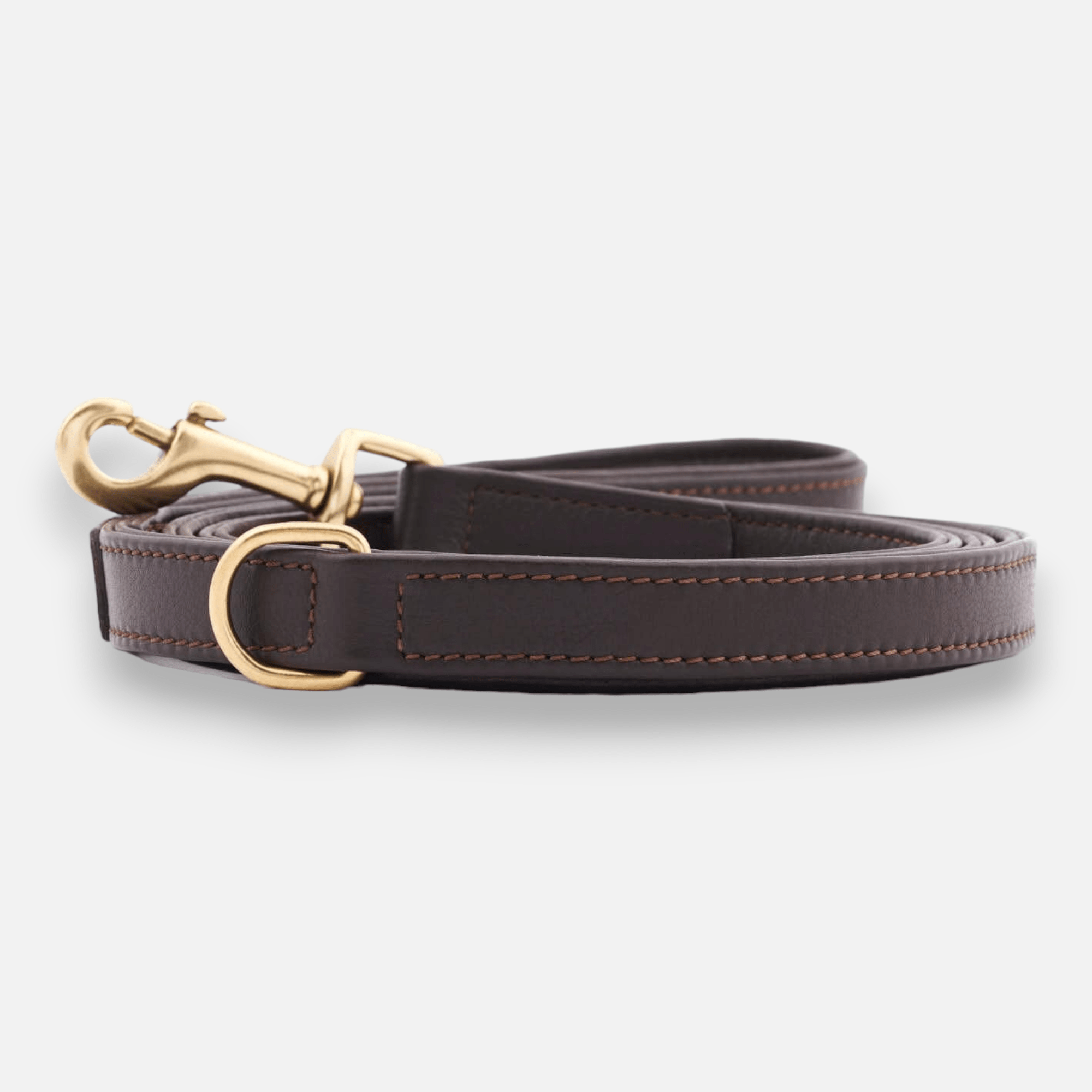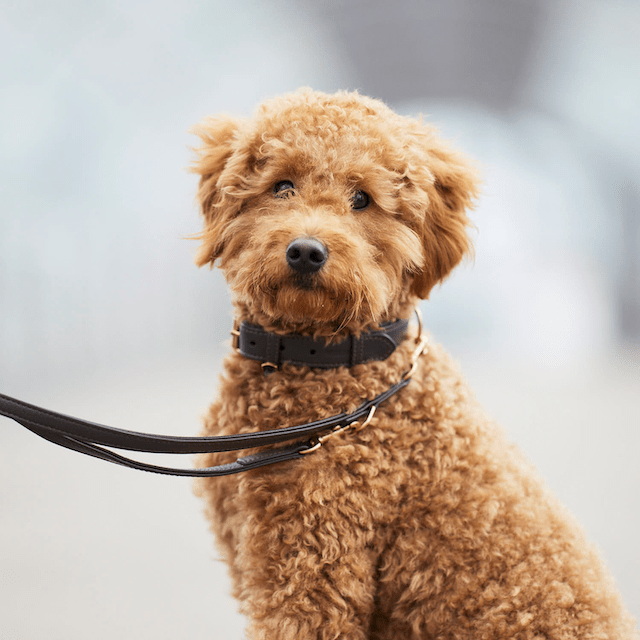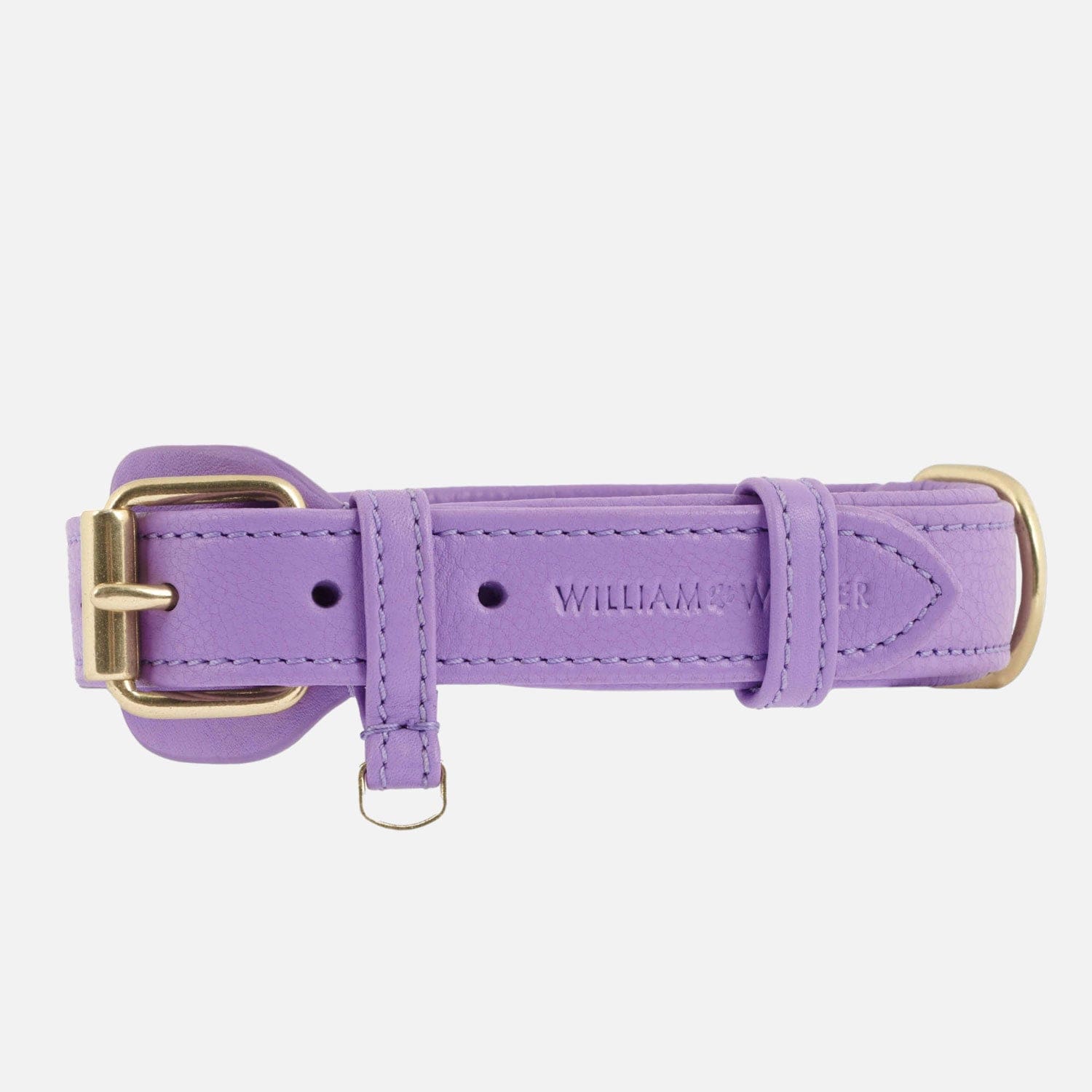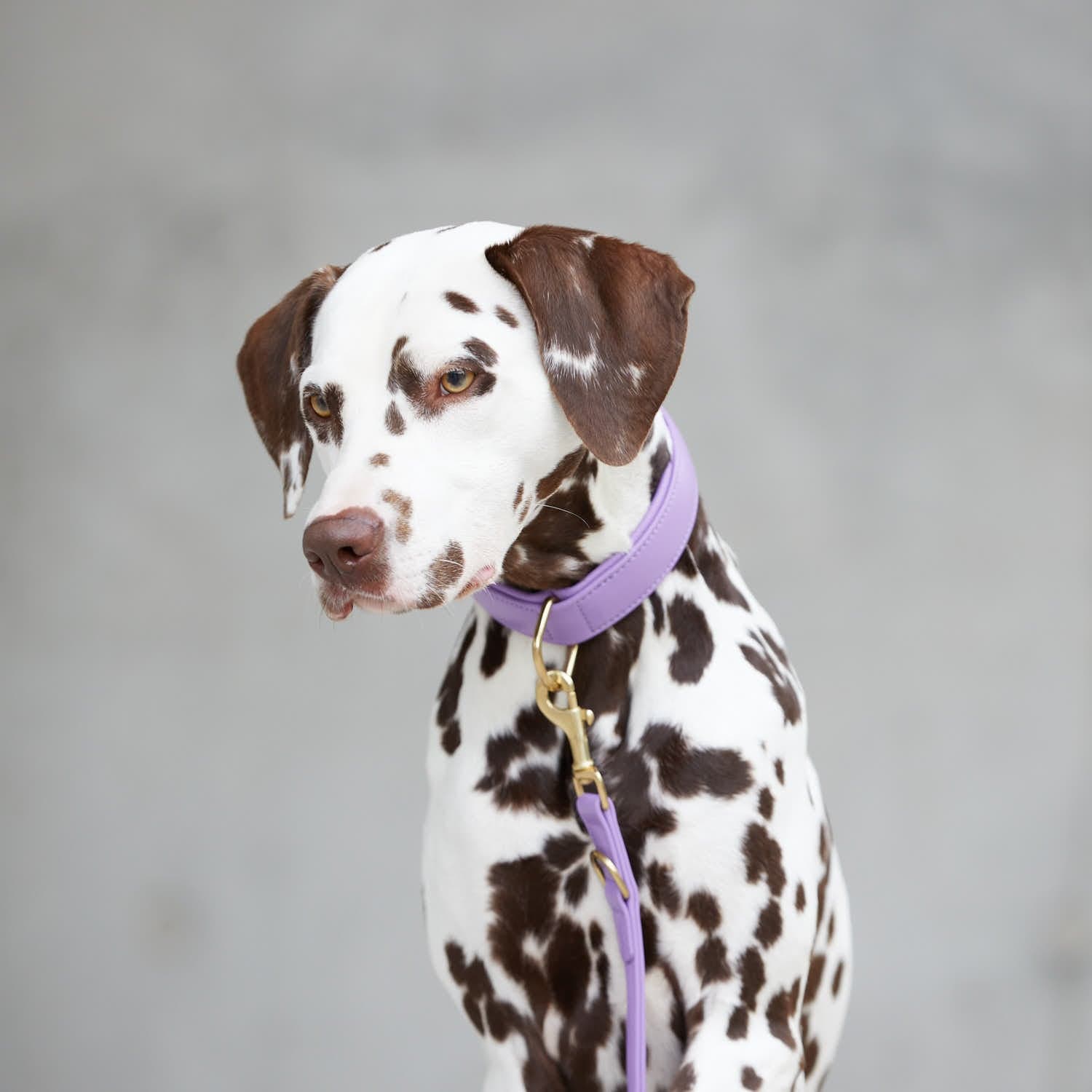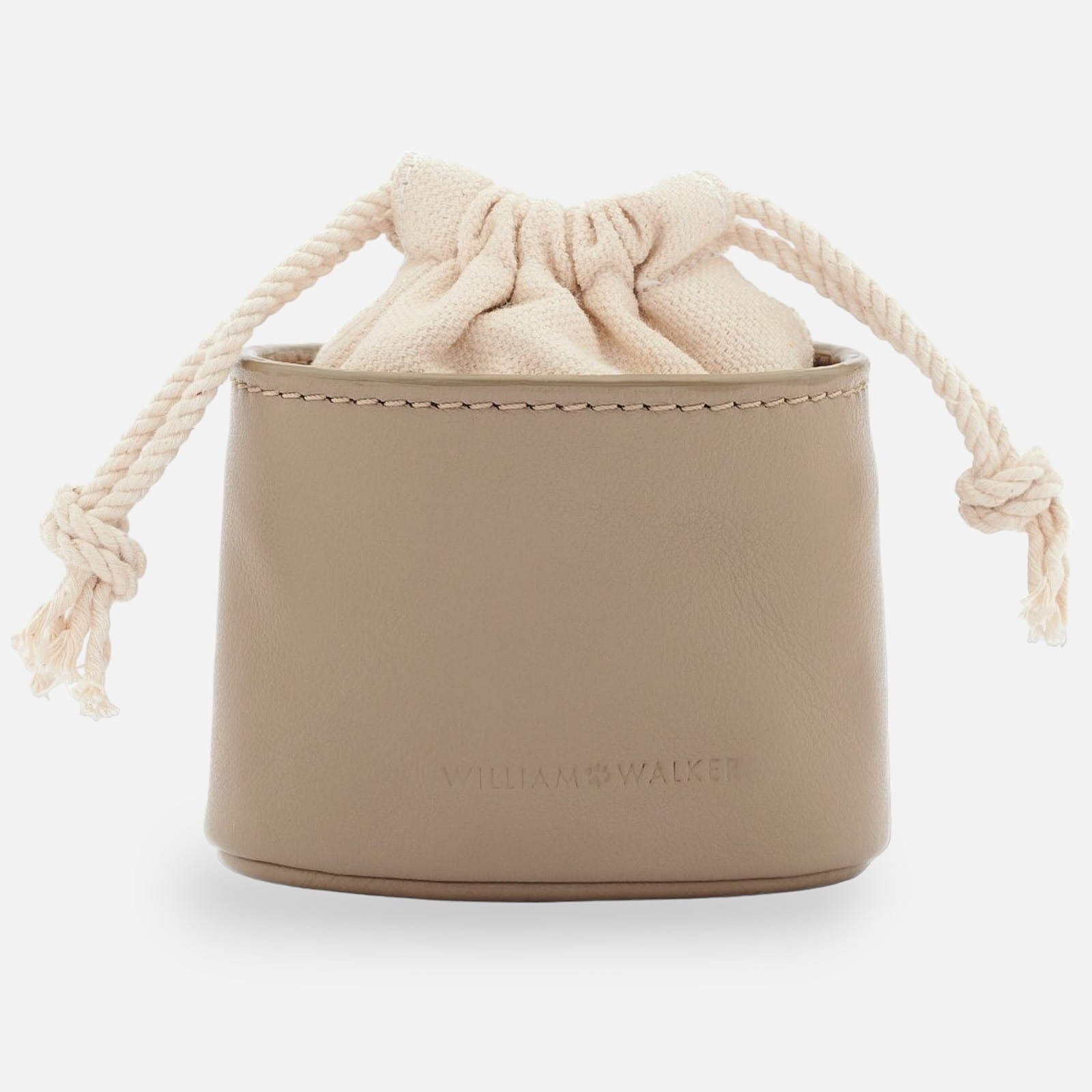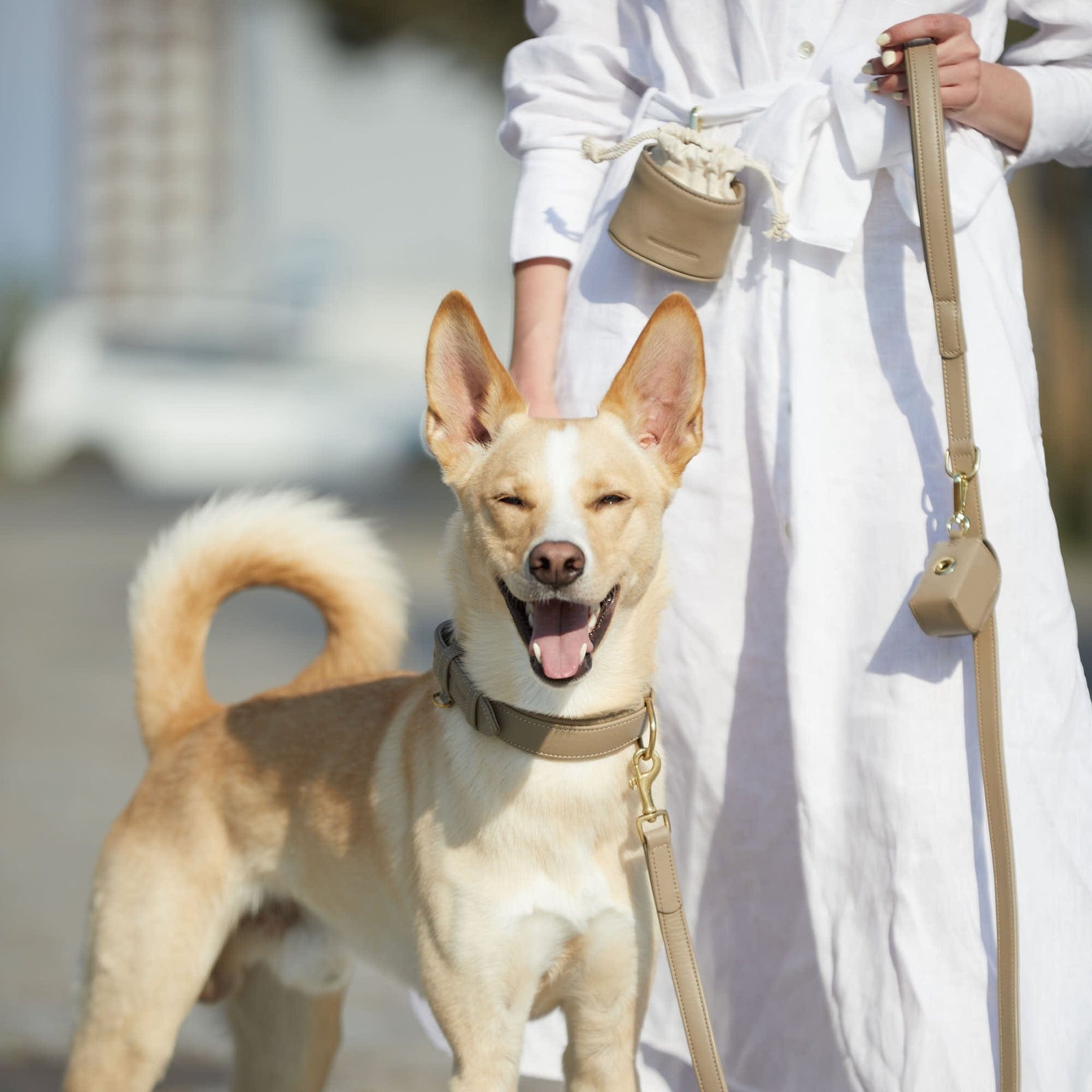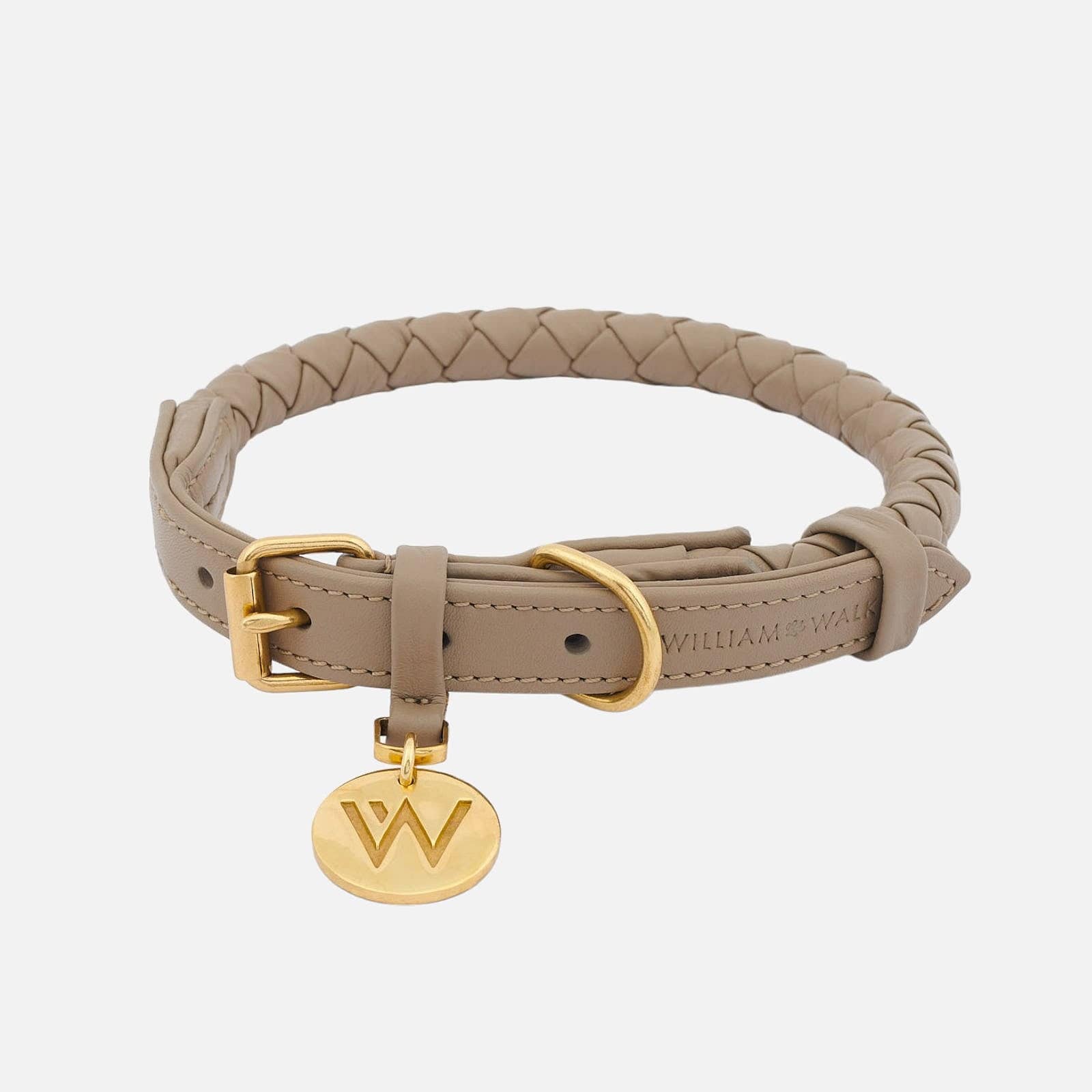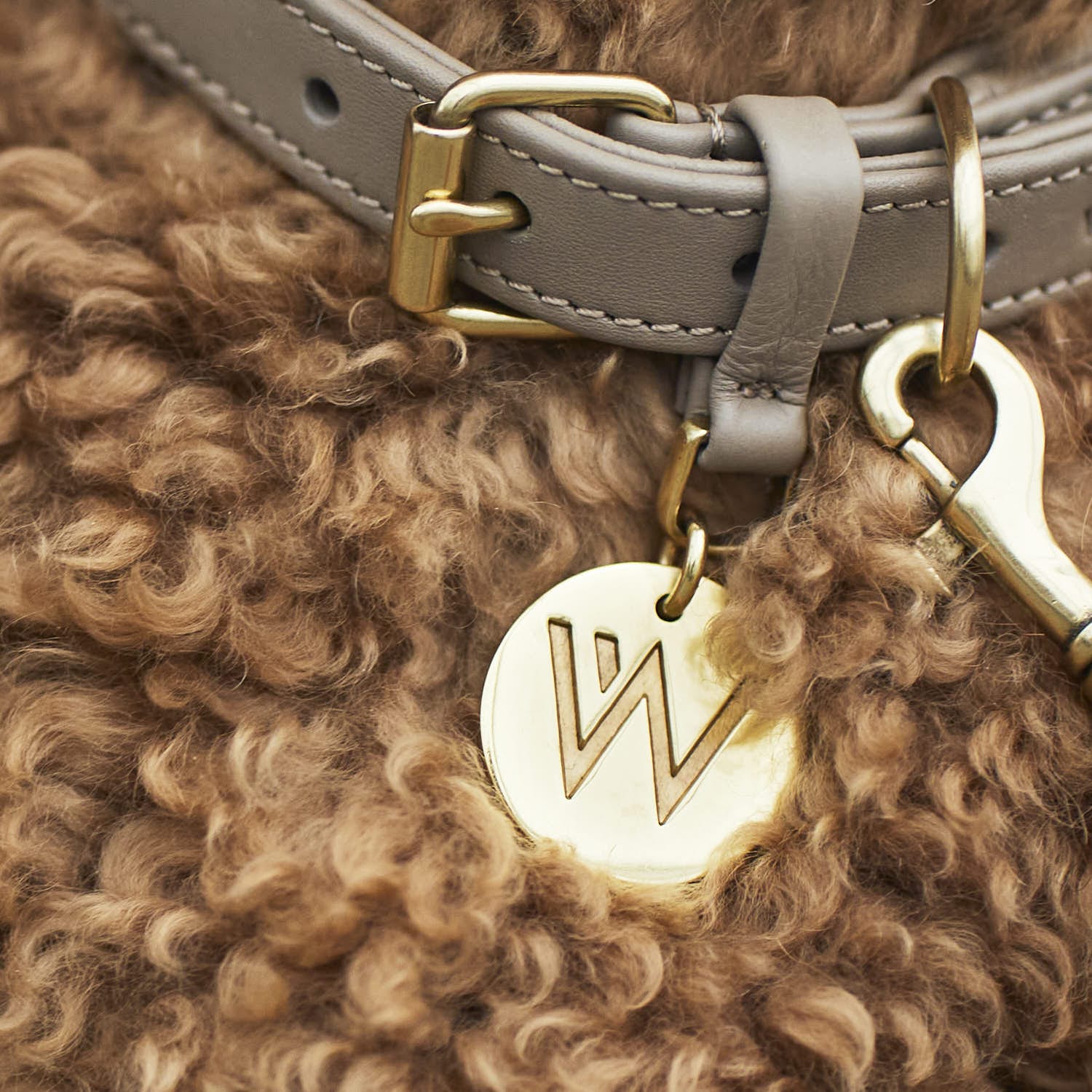Running rabbits, flying balls or running children - everything that moves fast acts as a stimulus on our four-legged friends. They want to follow this stimulus instinctively and immediately and the dogs are drawn into a ban, so that many hardly perceive their environment. Pulling on the leash, strong distraction, freezing, barking or in the worst case running away and chasing the object of desire, are the consequences of these moving impulses. But not only intense movements trigger impulsive reactions in our dogs, also food or toy greed and territorial behavior belong to the impulsive reactions.
The suppression of instinctive behavior patterns is called "impulse control" in dog training and should be part of any basic training. Of course, every dog is different. The stronger the reaction to an impulse, the more the four-legged should learn to control this impulse. Breeds with a hunting instinct will possibly need much more practice than the Golden Retriever, who feels like playing with the fluttering birds. Puppies and young dogs in particular need to be treated with caution. They are usually still wild and curious and can be upset by the smallest little things. This is quite normal, sometimes needs time, some patience and training and also settles a bit with time.
When is impulse control necessary?
Impulse control builds on the most important foundation: basic training. In addition to "sit", "down" and "stay", this also includes "yes" and "no", as well as the recall of your four-legged friend. The better your dog knows these commands, the more likely impulse control will succeed in dog training. We at William Walker want to show you today one of the most important situations in which a well learned impulse control can even save lives and we show you suitable exercises for you and your four-legged friend.
One little distraction and it's already happened: the pill you were about to take falls out of your hand and lands on the floor. As soon as it hits the floor your four-legged friend has already greedily pounced on the tablet and inhales it in one. A situation that is unfortunately not rare and can be incredibly dangerous for the dog, because many dogs think what their owners take is the best of the best. This behavior dogs put especially when they have gotten food from the table to often and now know what tastes really good. If something of these alleged delicacies falls on the ground there is no hesitation, but a quick and greedy grab for whatever is available. The dog is completely at the command of its first inner impulse and follows it instinctively, without sniffing properly. Dogs that greedily devour food or objects of any kind, secretly snatch or carry them off, urgently need impulse control training. Our exercises can help to train your dog away from this dangerous behavior.
Impulse control exercises for food greed
Exercise 1 - The delicious hand: For small food greedy dogs there is a super exercise for impulse control. Just let the dog sit in front of you and obviously hide a treat in your closed hand. The closed hand should now be shown to the dog for him to sniff. If the dog approaches, it remains firmly closed, he steps back, you can open the hand a bit and show the dog the treat. If he now sits down and waits patiently, you give him the treat. However, if he approaches pushy, using his paws and mouth to get to the treat in your hand, the hand remains closed. The command "No" may be used specifically when the dog goes over to nibbling, digging or barking at the hand. After a while, he will realize that all these efforts are useless and will try to wait it out. When he has managed to wait quietly for 10 seconds, he may have the treat. This exercise is best repeated (in units over several days or weeks) until he no longer shows greedy, pushy behavior.
Exercise 2 - The distance control: This exercise is similar to the first exercise, but again specifically addresses the situation when food is on the floor. Bring the dog into the lying position with "Sit" and increase with "Stay". Now take 2 steps back into a squat position and place the treat on the floor and cover it with your hand. Now there are two possibilities:
1. The dog immediately gives in to his impulse - he jumps up and tries to get the snack by the skin of his teeth. This behavior should be stopped with a "No" and the hand remains firmly on the treat. After a while he will lie down, because his master or mistress is also still in the crouch. If your four-legged friend holds the quiet lying down state for 10 seconds, he may get the treat and the exercise is repeated until the exercise is internalized.
2. If the dog remains lying, you can take your hand off the treat and show it to the dog. If the dog still follows the "Stay" command, you can take a step forward and place the treat closer to the dog. If the treat is now directly in front of the dog, you can slowly try to take the hand off. If the dog moves his nose towards the treat, the hand immediately covers it with a "No". If the dog can stand to leave the treat uncovered in this vicinity for 5 seconds, he may eat it after a suitable command. Once you have successfully repeated this exercise three times, you can extend the control times from 5 to 10, then to 15 seconds and so on. After a lot of practice, it will even be possible to leave the room without the dog touching the treat.
Exercise 3 - The Fake-Drop: Once the dog has successfully mastered and internalized the first two exercises, it is time for the most difficult, but most important exercise. Here, food greed is combined with another stimulus - the fast movement. Now the food drop is imitated. Have your dog sit and stay in front of you at a distance of about four meters. Put a treat on the table and let it fall down accompanied by a strong "no". If the dog storms off, the snack must be covered directly with the foot. As in exercises 1 and 2, now wait until the dog behaves calmly. If the dog manages to remain seated and pick up the treat only after a "Yes" or "Eat", you can develop the exercise as you wish, e.g. let the dog sit closer, only say "No" when the treat has touched the ground or the dog has started to move, or in the case of very exemplary behavior even dispense with the "No" altogether.
The goal of the exercises lies on impulse control with food greed. A "No" should become almost completely unnecessary, because it should be self-evident that fallen food is taboo. Food, also the food in the bowl, should ideally not be forbidden with a "No", but should always be released with a command in the first place.
No treats to train? Our delicious Turkey Bites come not only in perfect size, they're also healthy and perfect for the training with your dog!
No food control: What to do if the worst comes to the worst?
With these exercises you can hopefully avoid one or the other food accident with your dog and save not only a lot of nerves, but also the veterinary costs incurred in an emergency. If it should come to the worst case scenario, do not hesitate with medications. The vet must be called immediately, in the best case you go there directly. Of course, there are also medications such as Novalgin or Pantoprazole, which are compatible for humans and dogs. But even in this case the dose varies and especially small dogs can suffer severe damage. In case of emergency, you should always have charcoal tablets at home so they can be administered on the recommendation of the veterinarian. These bind toxins in the dog's stomach. A can of sauerkraut can also be helpful in an emergency. If the dog has swallowed sharp objects or indigestible, poisonous seeds (such as avocado pits), feeding sauerkraut immediately can avert the worst. Sauerkraut wraps around objects, shards or seeds in the dog's stomach like a coat - they can often be excreted normally when wrapped in sauerkraut. However, before resorting to self-medication you should always consult a veterinarian.
At William Walker, we think we can help you with these exercises and hope that it will make your dogs less susceptible to spontaneous impulse stimuli. Want more dog training exercises and advice on our blog? Feel free to leave us a comment.
By Louisa Knoll
